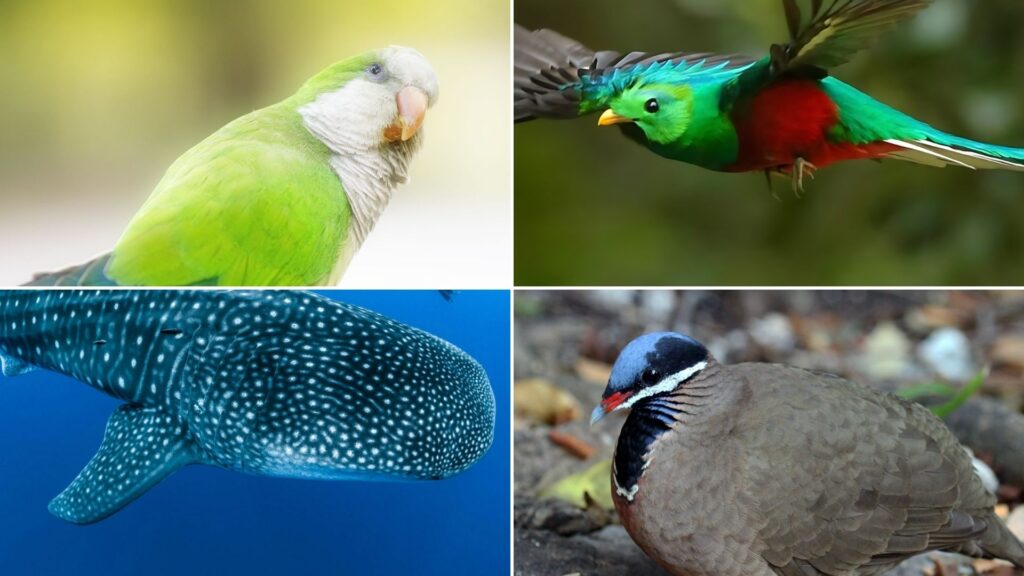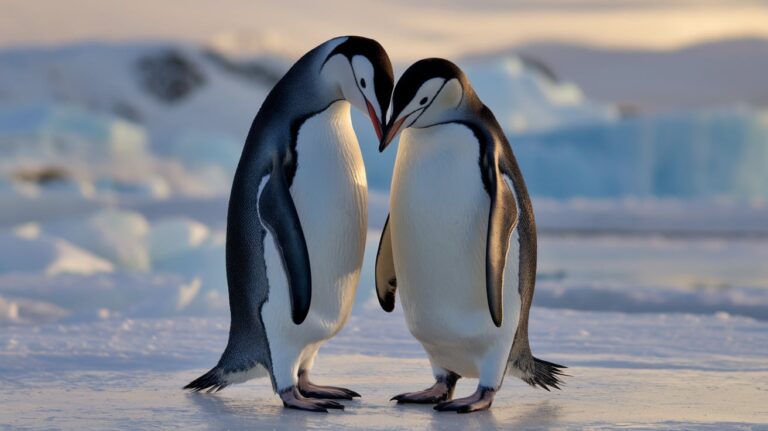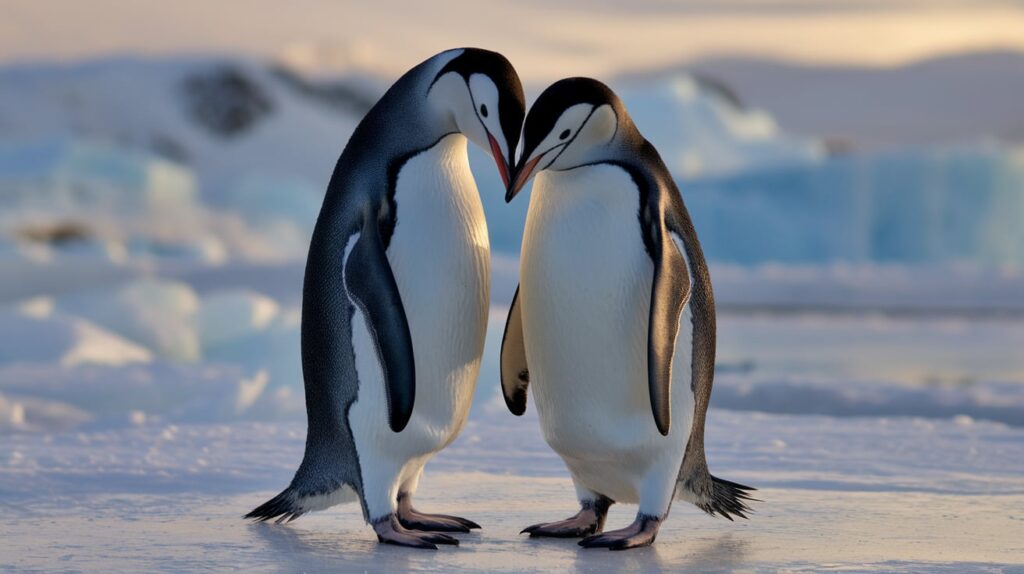Animals with names starting with Q are a rare and mesmerizing group in the animal kingdom. Have you ever wondered about the quokka’s cheerful expression or the quetzal’s vibrant feathers?
These unique creatures often fly under the radar, but they’re no less charming than their more well-known counterparts.
From the quirky quokka to the quick-footed quail, the animal world has some surprising Q-named inhabitants.
Are you ready to reveal the mysteries of these lesser-known species? This list of 30 animals, beginning with Q, will introduce you to a world of remarkable creatures, from the ocean’s depths to the heights of the rainforest shelter.
Join us as we explore these stunning animals with Q names and discover their extraordinary adaptations and behaviors.
Animals Beginning With the Alphabet ‘Q’
While less common, animals whose names begin with Q are no less interesting. This section will introduce you to a select group of creatures that may not be household names but are worth knowing.
From land-dwelling mammals to sea creatures and birds, these Q-named animals demonstrate the wide-ranging diversity found in nature, even within a less frequent initial letter.
1. Quagga
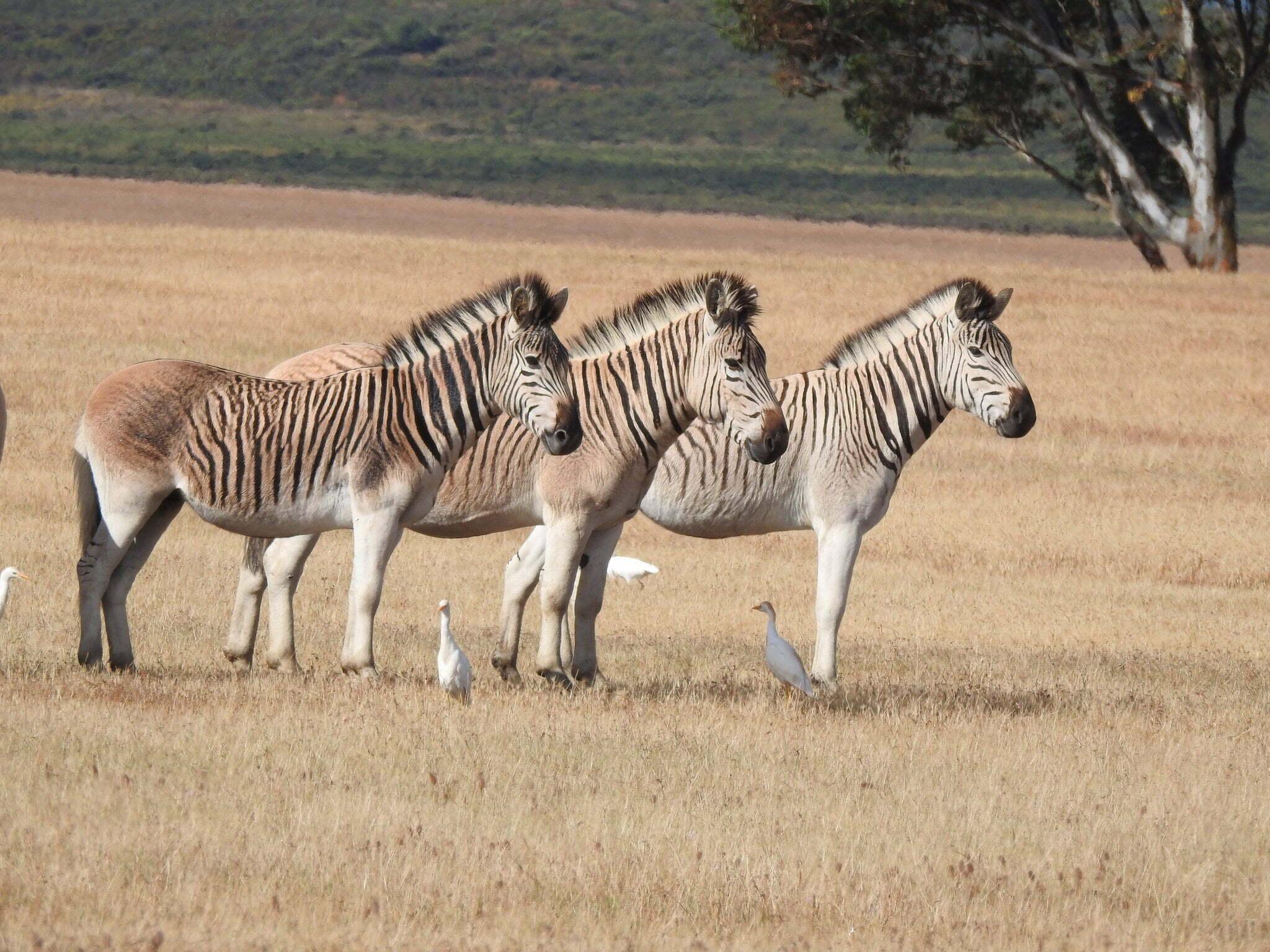
The quagga was a unique subspecies of plains zebra, distinguished by its distinctive stripe pattern.
Quaggas had stripes primarily on the front of their body, unlike other zebras, while their hindquarters were more uniformly colored.
They likely stood around 1.3 meters (4.3 feet) tall at the shoulder and weighed approximately 250-300 kg (550-660 lbs).
• Region of Habitat: Southern Africa
• Scientific Name: Equus quagga quagga
• Place of Origin: South Africa
• Feeding Habits: Herbivorous, likely grazing on grasses
• What Sound They Make: Likely similar to zebra barks and whinnies
Fun Facts: The quagga became extinct in the late 19th century, with the last known individual dying in captivity in 1883.
Their unique appearance made their skins highly sought after by humans. The term “quagga” was once used to refer to all zebras before it became associated with this specific subspecies.
Scientists have attempted to recreate the quagga’s appearance by selective breeding plains zebras in the Quagga Project.
2. Quahog Clam
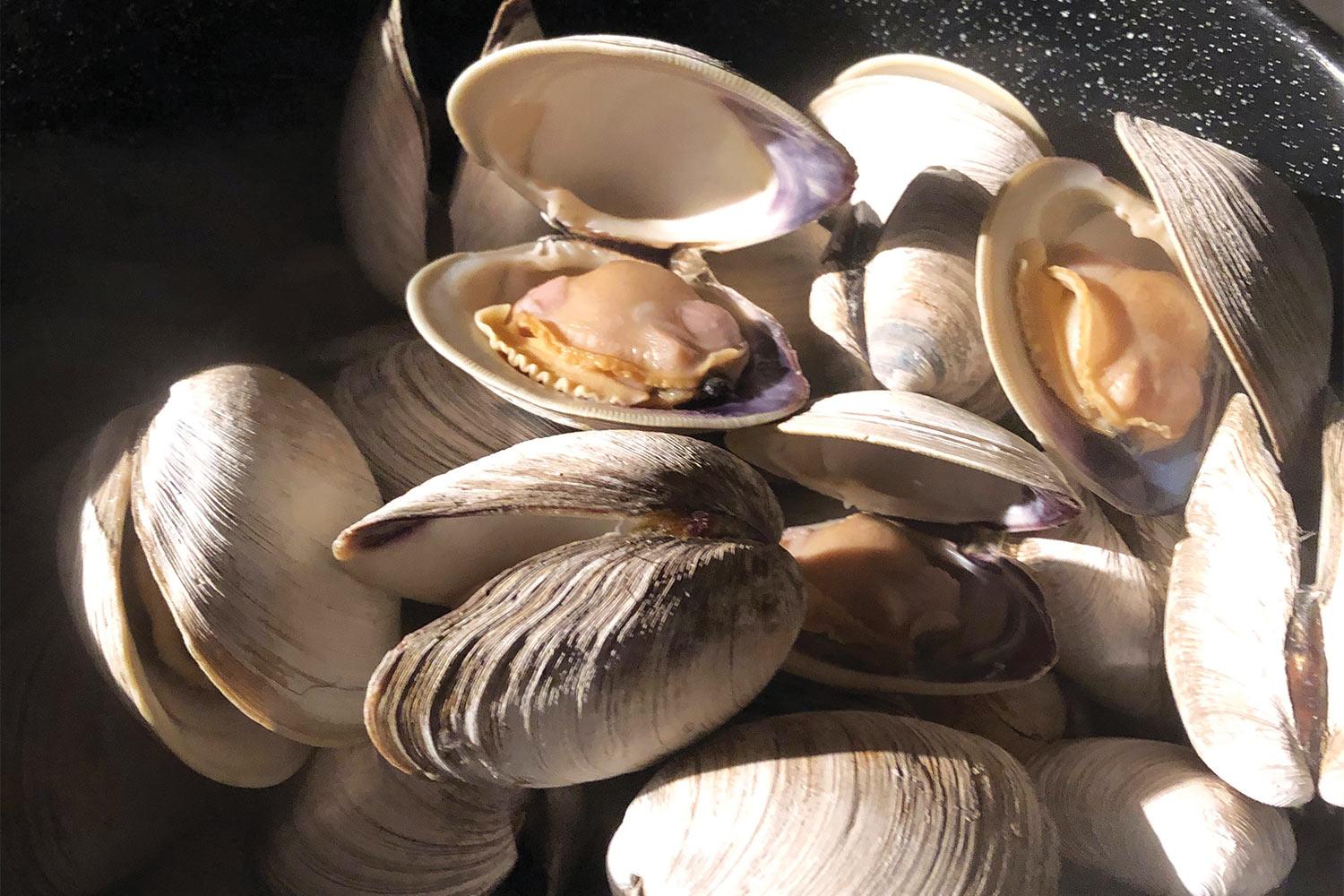
The quahog clam is an edible marine bivalve with a hard, protective shell. It can vary in size, typically ranging from 2.5 to 4 inches in length.
The shell is usually grayish-white or brown on the outside and smooth and white on the inside. The flesh inside is firm and varies from pale beige to dark brown.
• Region of Habitat: Atlantic coast of North America
• Scientific Name: Mercenaria mercenaria
• Place of Origin: North America
• Feeding Habits: Filter feeders, consuming plankton and other microscopic organisms
• What Sound They Make: Silent
Fun Facts: Quahog clams have played a significant role in Native American culture. Their shells created wampum, a traditional currency and decorative bead.
These clams can live for over 40 years; some are over 200. Their scientific name, Mercenaria mercenaria, comes from the Latin word for wages, referring to its use as currency.
3. Quail
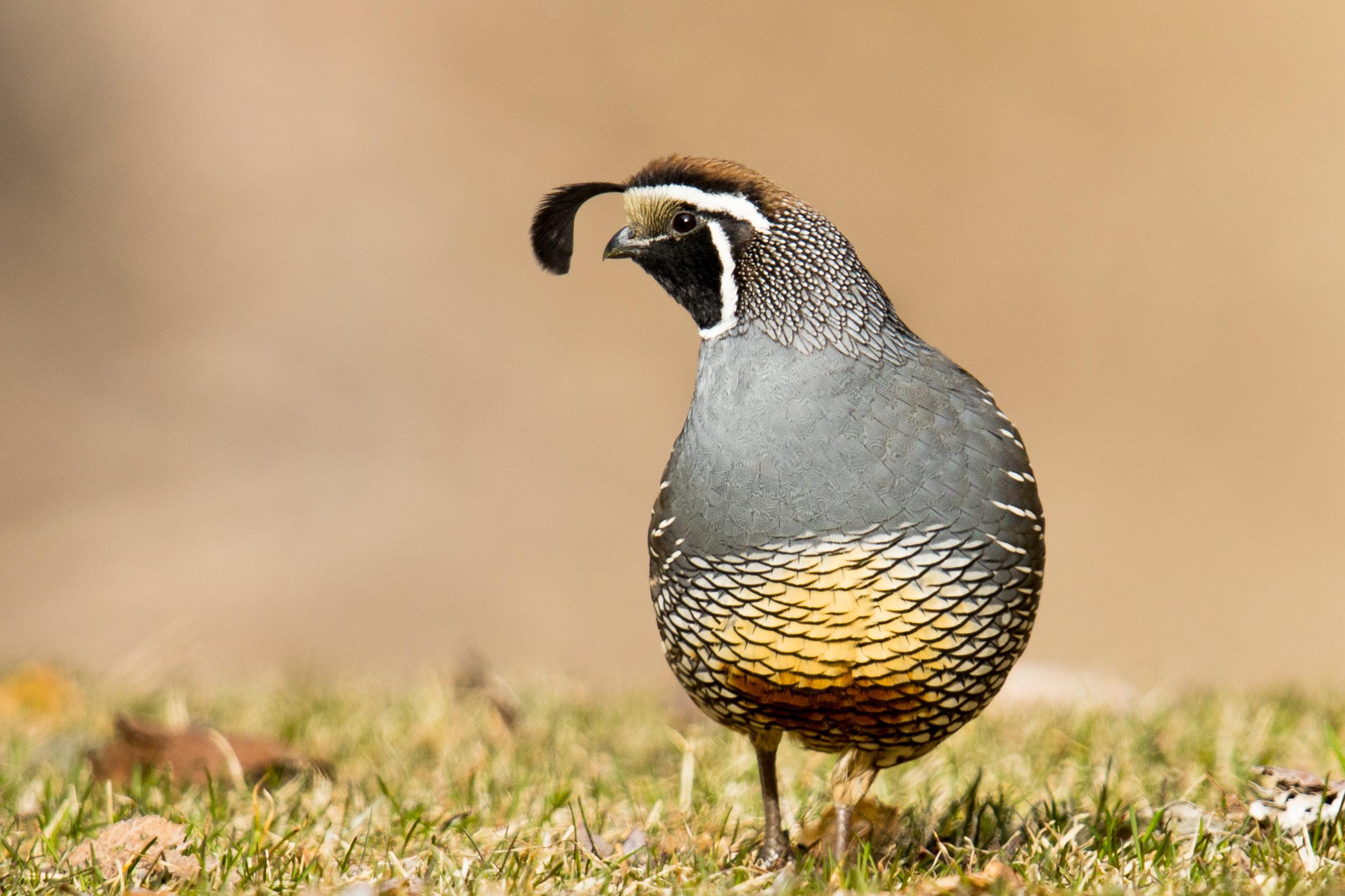
Quails are small, plump game birds known for their distinctive calls and plumage. They typically measure between 6 and 8 inches in length and weigh 3 to 6 ounces.
Quails have rounded bodies, short necks, and small heads.
Their feathers often display intricate brown, buff, and white patterns, providing excellent camouflage in their natural habitats.
• Region of Habitat: Worldwide, including North America, Europe, Asia, Africa, and Australia
• Scientific Name: Coturnix coturnix (Common Quail)
• Place of Origin: Various, depending on species
• Feeding Habits: Omnivorous, eating seeds, insects, and small invertebrates
• What Sound They Make: Whistling calls, often described as “wet-my-lips” or “bob-white”
Fun Facts: Despite their small size, quails are capable of short, rapid bursts of flight to escape predators.
Some species form coveys (small flocks) for protection and warmth. In many cultures, quail eggs are considered a delicacy.
Some quail species can lay up to 300 eggs annually, making them popular in commercial egg production.
4. Queen Snake
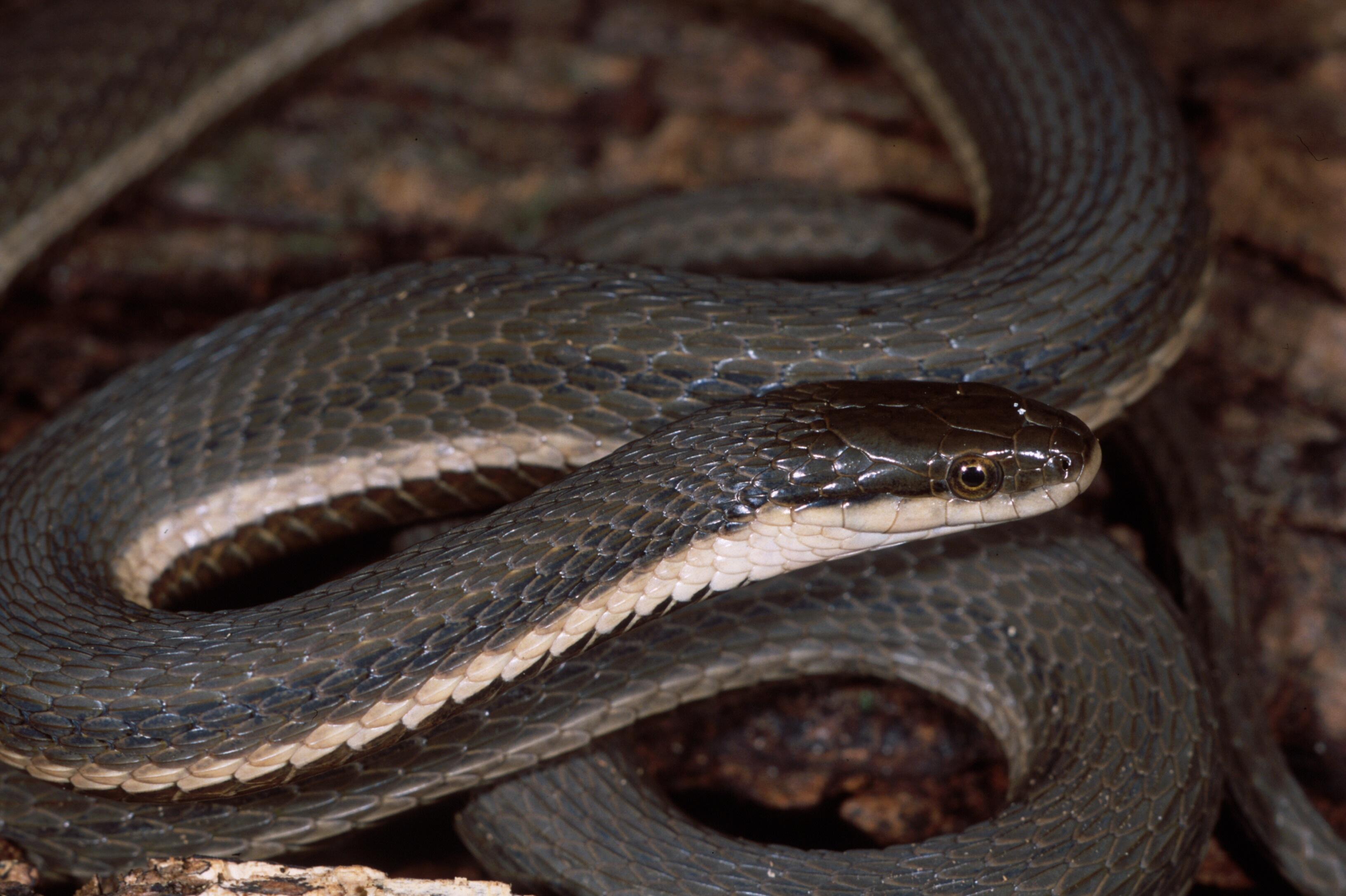
Queen snakes are slender, non-venomous reptiles with a distinctive appearance. They typically grow to lengths of 1.5 to 2 feet (45-60 cm).
Their bodies are olive-brown to gray, often with two distinctive yellow stripes running along each side. Queen snakes have keeled scales, giving them a slightly rough texture, and their heads are covered in armor-like scales.
• Region of Habitat: Eastern United States and southern Ontario, Canada
• Scientific Name: Regina septemvittata
• Place of Origin: North America
• Feeding Habits: Primarily feed on freshly molted crayfish
• What Sound They Make: Generally silent, may hiss when threatened
Fun Facts: Queen snakes are excellent swimmers and spend much of their time in or near water. They play a crucial role in controlling crayfish populations.
These snakes are known for their unique defense mechanism: They may flatten their bodies and release a musky odor when threatened.
Queen snakes are ovoviviparous, meaning the females give birth to live young rather than laying eggs.
5. Quetzal
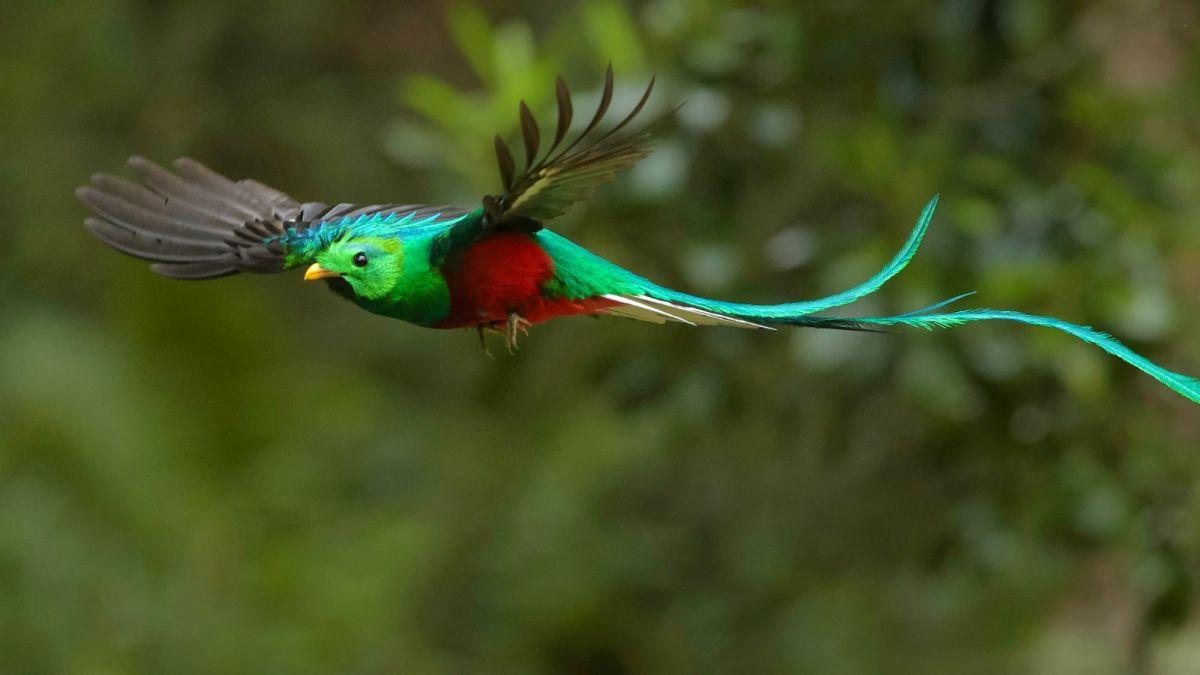
The quetzal is a medium-sized bird known for its striking appearance. Males are particularly colorful, with bright green and red plumage.
They have long tail feathers that can reach up to 1 meter (3 feet) in length. Female quetzals are generally less vibrant.
The birds measure about 35-40 cm (14-16 inches) in body length, not including the male’s long tail feathers.
• Region of Habitat: Moist tropical forests of Central America
• Scientific Name: Pharomachrus mocinno (Resplendent Quetzal)
• Place of Origin: Southern Mexico to Panama
• Feeding Habits: Primarily fruit-eaters, also consume insects and small vertebrates
• What Sound They Make: Deep, melodious calls
Fun Facts: The quetzal was sacred to ancient Mayans and Aztecs, symbolizing freedom and wealth. Its name comes from the Aztec word “quetzalli,” meaning precious or beautiful.
Despite their striking appearance, quetzals are rarely seen due to their shy nature and camouflage in dense forests. They’re known for their unique nesting habits, often using old woodpecker holes in trees.
6. Quetzalcoatlus Northropi
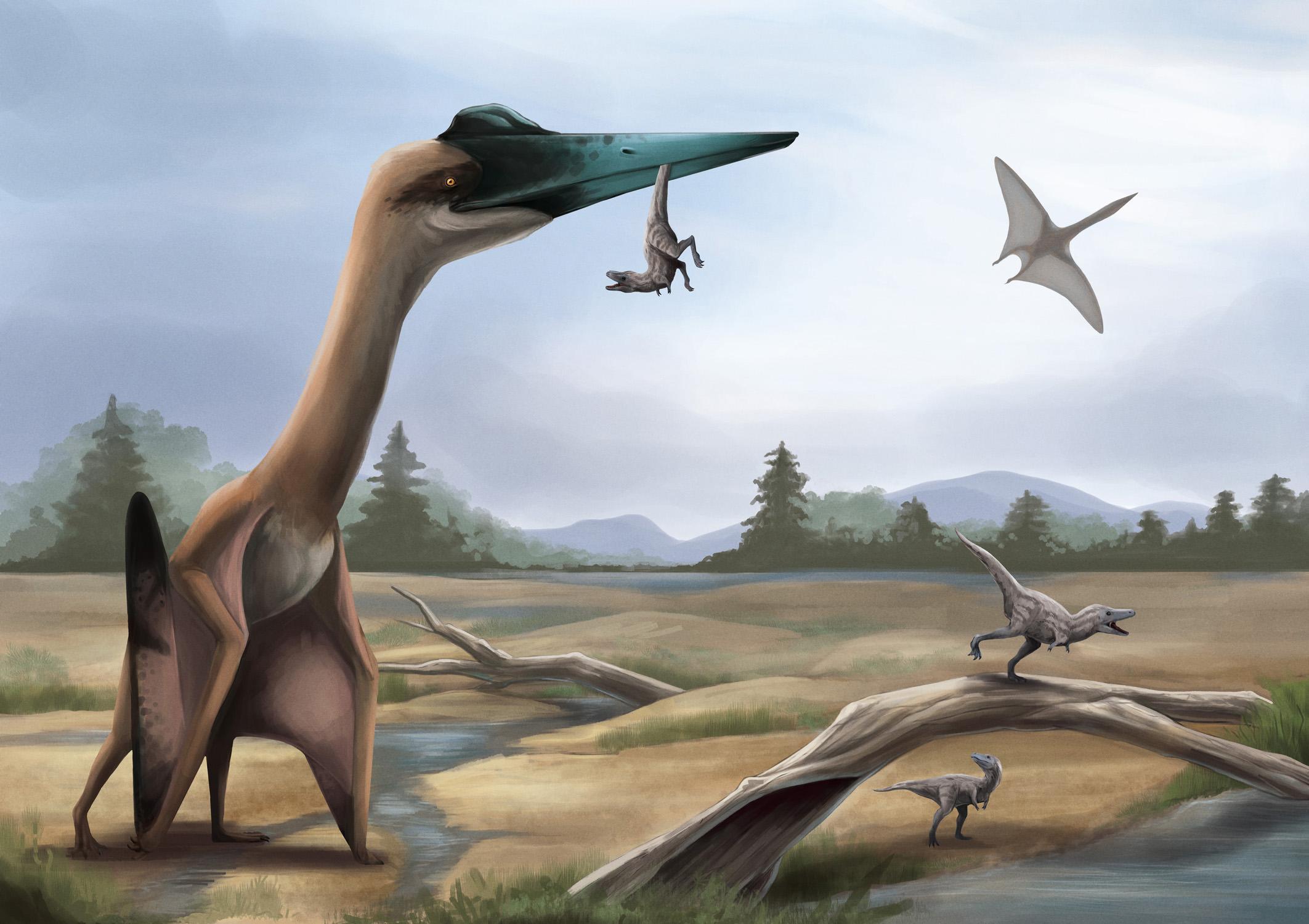
Quetzalcoatlus Northropi was a massive flying reptile during the Late Cretaceous period. It was one of the largest known flying animals ever, with a wingspan estimated to be around 10-11 meters (33-36 feet).
Its body was relatively small compared to its wings, with a long, slender neck and a large, pointed beak.
• Region of Habitat: North America during the Late Cretaceous
• Scientific Name: Quetzalcoatlus northropi
• Place of Origin: North America
• Feeding Habits: Likely a scavenger or fish-eater
• What Sound They Make: Unknown, possibly similar to modern large birds
Fun Facts: Quetzalcoatlus Northropi was named after the Aztec feathered serpent god Quetzalcoatl and Northrop Corporation, which funded its discovery.
Despite its enormous size, it’s believed to be capable of powered flight. Some paleontologists suggest it may have launched into the air using all four limbs, similar to modern vampire bats.
7. Quokka
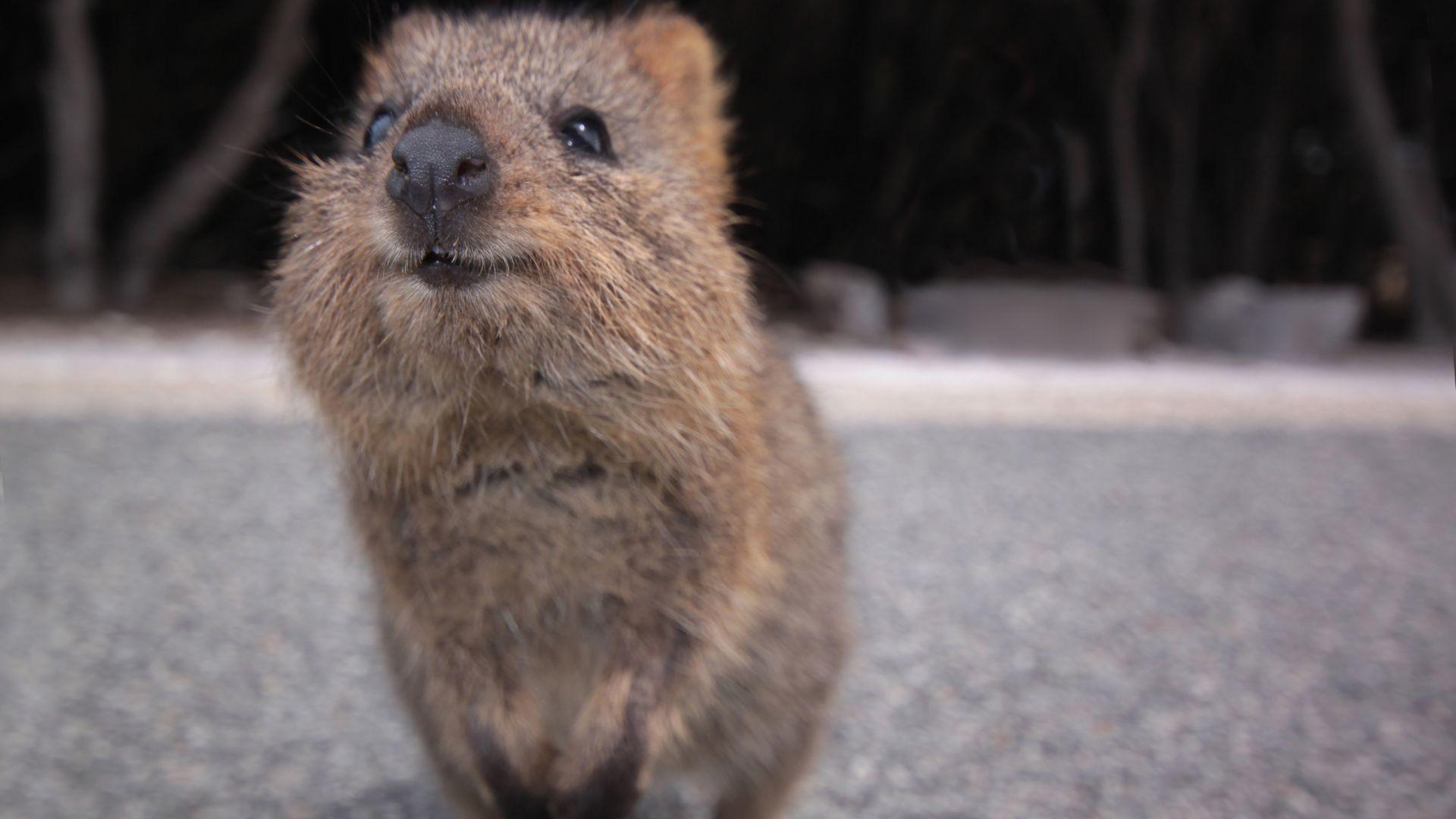
The quokka is a small marsupial about the size of a domestic cat. They have a rounded, compact body, short, rounded ears, and a short, sparsely furred tail.
Quokkas typically measure 40-54 cm (16-21 inches) in body length and weigh 2.5-5 kg (5.5-11 lbs). Their fur is generally brown with lighter underparts.
• Region of Habitat: Southwestern Australia and nearby islands
• Scientific Name: Setonix brachyurus
• Place of Origin: Australia
• Feeding Habits: Herbivorous, primarily eating grasses and leaves
• What Sound They Make: Various vocalizations, including chirps, grunts, and hisses
Fun Facts: Quokkas are often called the “happiest animal on Earth” due to their seemingly smiling facial expressions.
Quokkas are mainly nocturnal and excellent climbers, often found in trees. They have a unique adaptation to their arid habitat—they can survive for long periods without drinking by obtaining moisture from their food.
8. Quoll
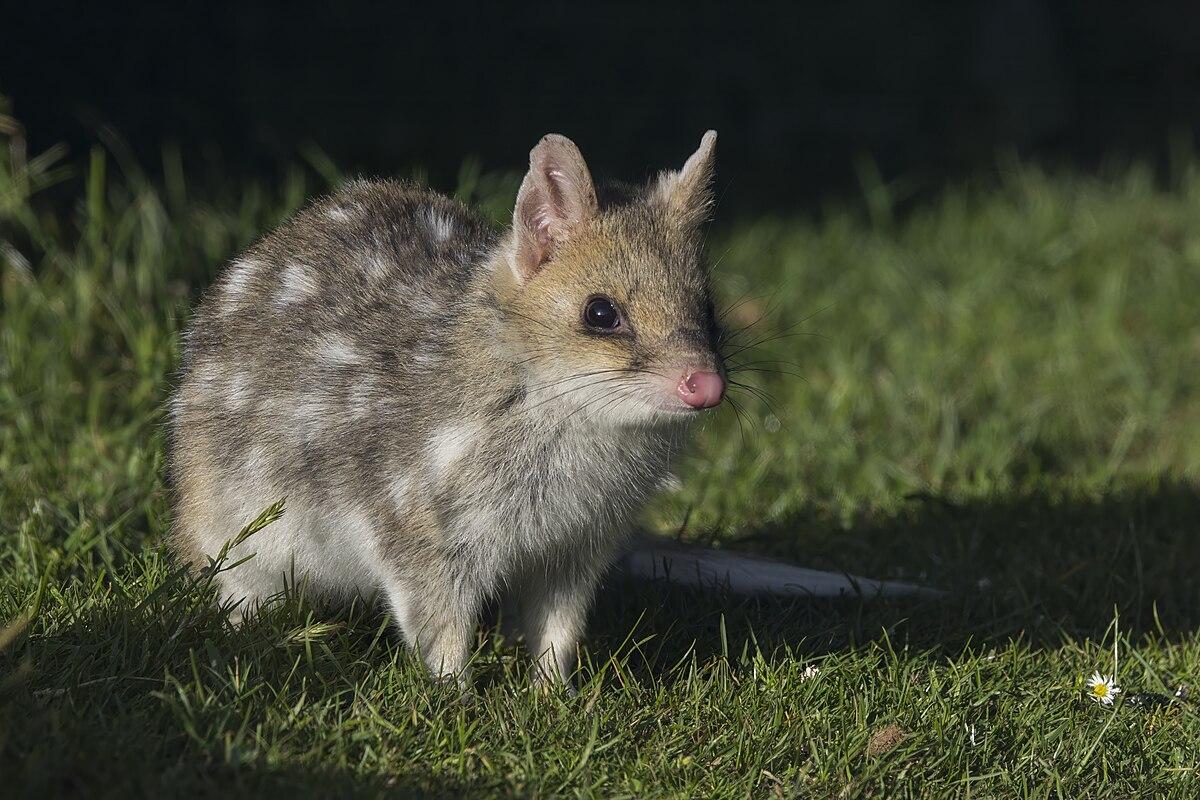
Quolls are carnivorous marsupials native to Australia and New Guinea. Depending on the species, they vary in size, with the largest being about the size of a domestic cat.
Quolls have distinctive spotted coats, pointed snouts, and long tails. Their body length ranges from 25-75 cm (10-30 inches), not including the tail, and they can weigh between 0.3-7 kg (0.7-15 lbs).
• Region of Habitat: Australia and New Guinea
• Scientific Name: Dasyurus (genus)
• Place of Origin: Australia and New Guinea
• Feeding Habits: Carnivorous, eating small mammals, birds, and insects
• What Sound They Make: Various vocalizations, including growls, hisses, and screeches
Fun Facts: Quolls are sometimes called “native cats” due to their cat-like appearance and behavior.
They’re excellent climbers, and some species are known to be arboreal. Quolls have a relatively short lifespan in the wild, typically only 2-5 years. Some species of quoll are endangered due to habitat loss and competition with introduced predators.
9. Qinling Panda

The Qinling panda is a subspecies of the giant panda, distinguished by its smaller size and darker brown and light brown coloration instead of the typical black and white.
They typically measure about 1.5 meters (5 feet) in length and weigh between 80 and 125 kg (176 and 275 lbs).
• Region of Habitat: Qinling Mountains in Shaanxi province, China
• Scientific Name: Ailuropoda melanoleuca qinlingensis
• Place of Origin: China
• Feeding Habits: Primarily bamboo, occasionally other plants
• What Sound They Make: Various vocalizations, including bleats and barks
Fun Facts: Only about 200-300 Qinling pandas are estimated to be left in the wild, making them extremely rare.
Despite their different appearance, the Qinling panda has identical diets, habitat preferences, and behavior to other giant pandas. However, it was only recognized as a separate subspecies in 2005.
10. Queen Alexandra’s Birdwing
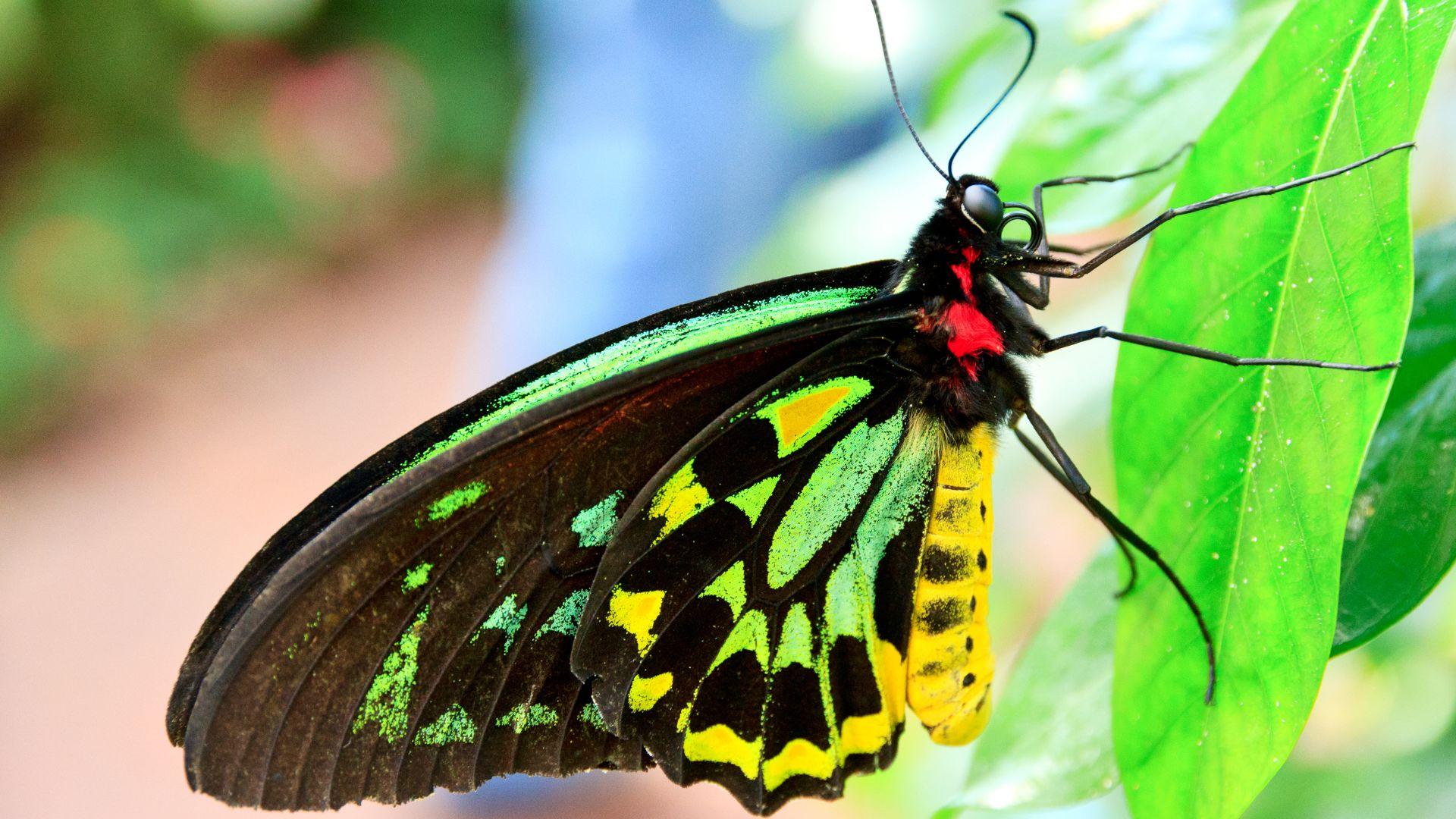
Queen Alexandra’s Birdwing is the largest butterfly in the world. Females can have a wingspan of up to 30 cm (12 inches), while males are smaller.
The butterfly has brown wings with white and yellow markings. Females have more prominent and whiter markings compared to males.
• Region of Habitat: Eastern Papua New Guinea
• Scientific Name: Ornithoptera alexandrae
• Place of Origin: Papua New Guinea
• Feeding Habits: Adults feed on nectar from flowers
• What Sound They Make: Silent
Fun Facts: This butterfly was named after Queen Alexandra, wife of King Edward VII of England. It’s considered endangered due to habitat loss and its limited range.
The caterpillars of this species feed exclusively on the rare pipevine plant. Due to its size and rarity, collectors highly seek this butterfly, further threatening its population.
11. Queen Angelfish
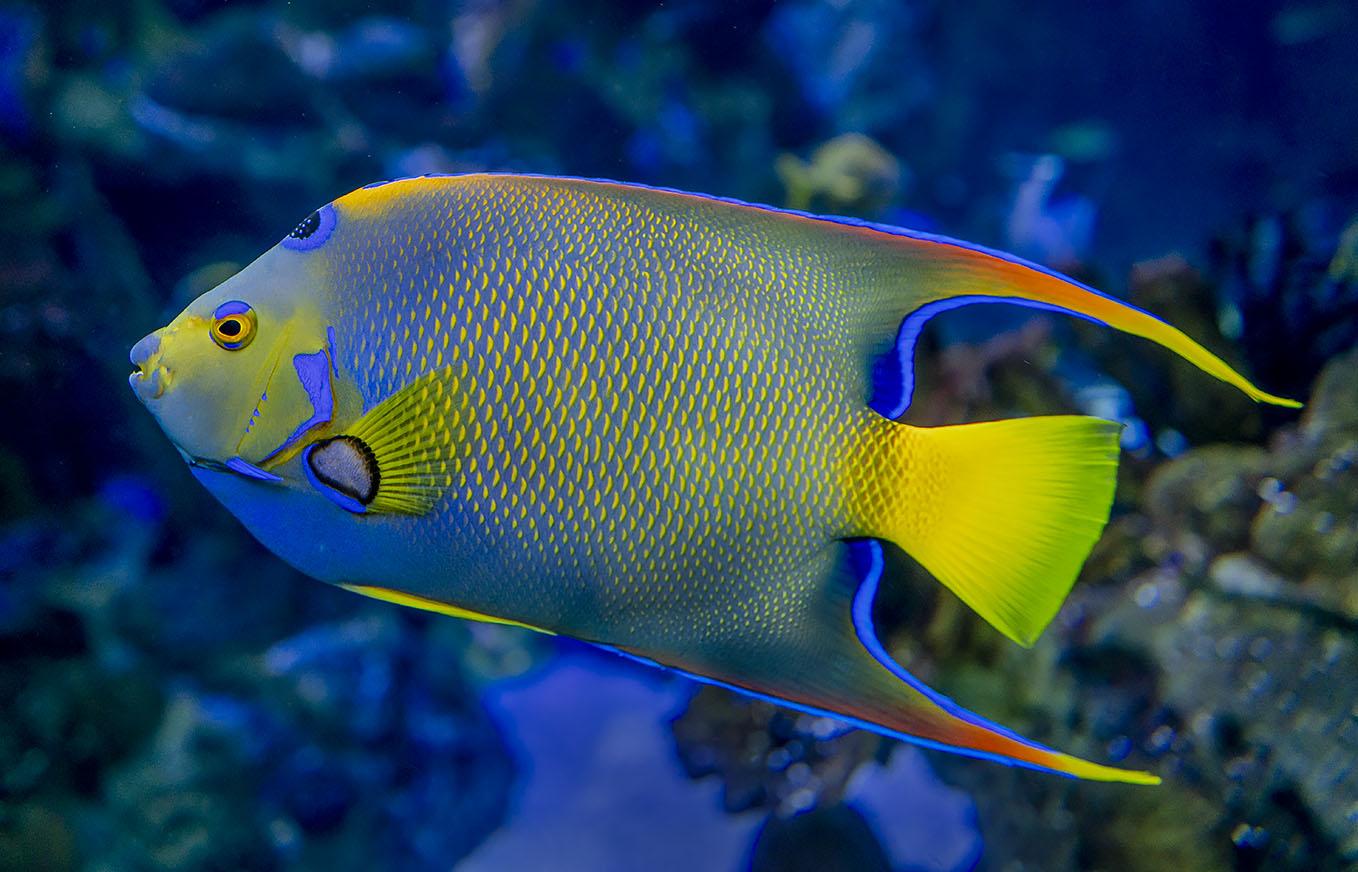
The Queen Angelfish is a vibrantly colored tropical fish that can grow up to 45 cm (18 inches) in length. Its body is bright blue and yellow, and its fins have orange-yellow edges.
They have a distinctive blue-ringed black spot on their heads that resembles a crown, giving them their name.
• Region of Habitat: Western Atlantic Ocean and Caribbean Sea
• Scientific Name: Holacanthus ciliaris
• Place of Origin: Tropical waters of the Americas
• Feeding Habits: Omnivorous, eating sponges, algae, and small invertebrates
• What Sound They Make: Generally silent, may make grunting sounds when distressed
Fun Facts: Queen Angelfish can change their color slightly to communicate with other fish. They are protogynous hermaphrodites, meaning they can change from female to male if needed.
These fish are known for their ability to digest tough sponges that other fish can’t eat, playing a crucial role in coral reef ecosystems.
12. Queen of Sheba’s Gazelle
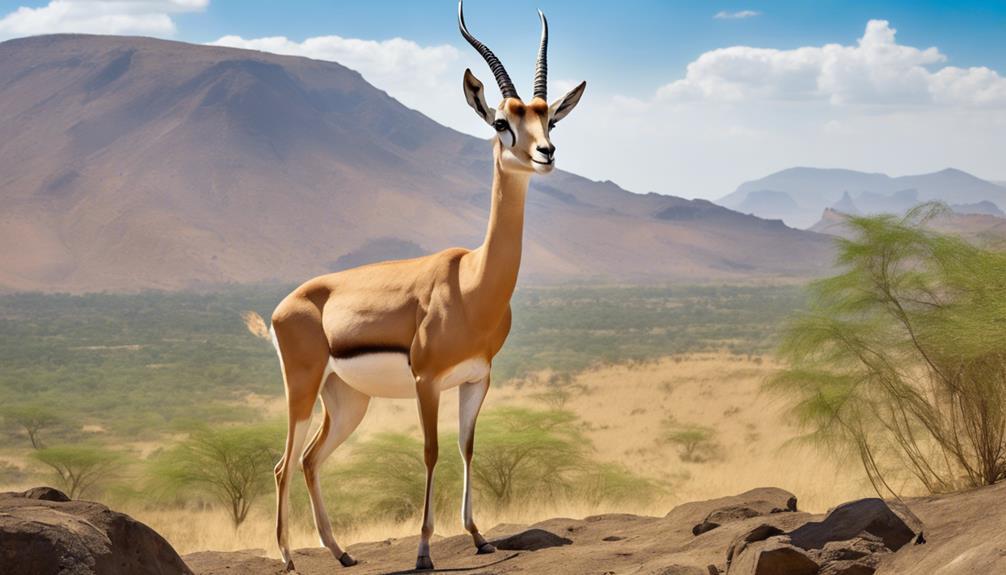
The Queen of Sheba’s Gazelle, also known as the Yemen Gazelle, was a species of gazelle native to Yemen.
It was a medium-sized antelope, likely similar to other gazelle species, standing about 60-75 cm (24-30 inches) at the shoulder.
• Region of Habitat: Yemen (extinct)
• Scientific Name: Gazella bilkis
• Place of Origin: Yemen
• Feeding Habits: Likely herbivorous, feeding on grasses and leaves
• What Sound They Make: Likely similar to other gazelles, including snorts and bleats
Fun Facts: This gazelle species was named after the legendary Queen of Sheba. It was declared extinct in 1951, though some reports suggest it may have survived until the 1970s.
The exact reasons for its extinction are not clear, but habitat loss and hunting are thought to have played significant roles.
13. Queen Snapper
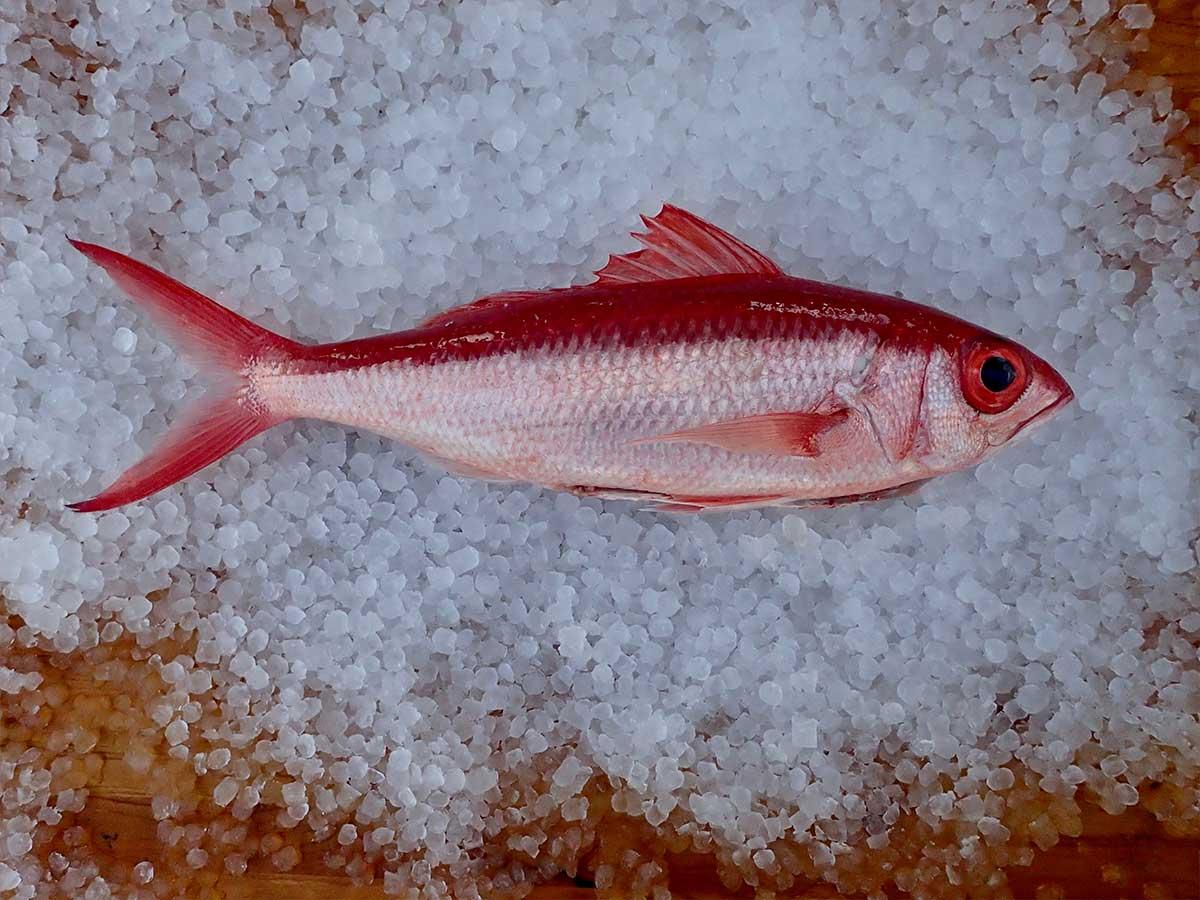
The Queen Snapper is a deep-water fish known for its striking appearance. They can grow up to 100 cm (39 inches) in length, though the average size is around 50 cm (20 inches).
They have a bright red coloration on their upper and lower sides, with large yellow eyes.
• Region of Habitat: Western Atlantic Ocean and Caribbean Sea
• Scientific Name: Etelis oculatus
• Place of Origin: Tropical and subtropical waters of the Americas
• Feeding Habits: Carnivorous, feeding on smaller fish and squid
• What Sound They Make: Generally silent
Fun Facts: Queen Snappers are known for their large eyes, which help them see in the dim light of their deep-water habitat.
They’re typically found at depths of 100-450 meters (330-1,480 feet). These fish are valued in commercial fisheries and are considered good-eating fish.
Their bright red color fades quickly when they’re brought to the surface.
14. Queen Triggerfish
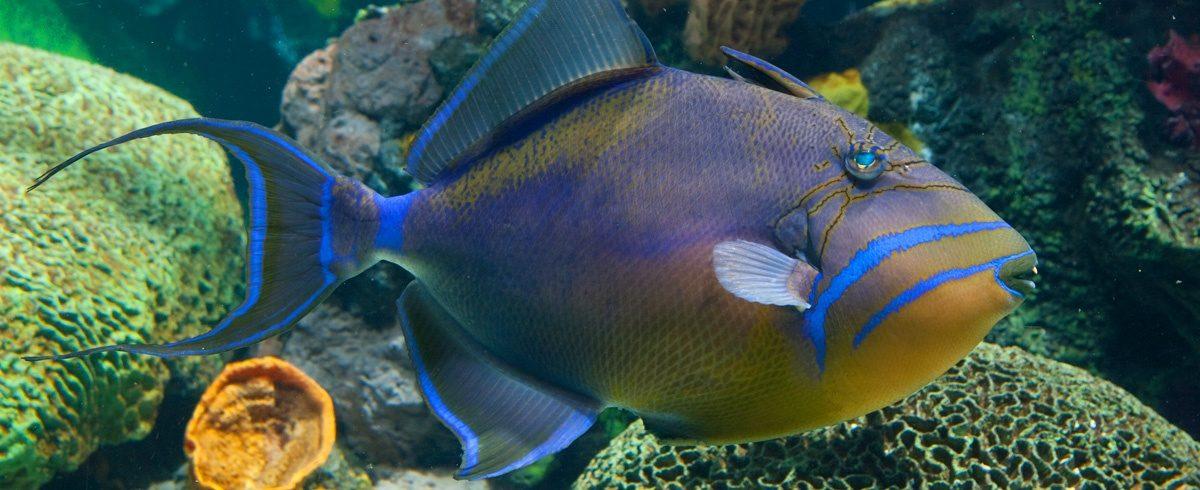
The Queen Triggerfish is a large, oval-shaped fish with a laterally compressed body. They can grow up to 60 cm (24 inches) in length.
Their bodies are colorful, typically featuring blue, green, and orange hues with intricate patterns. They have small but powerful jaws and eyes set high on their head.
• Region of Habitat: Tropical and subtropical waters of the Atlantic Ocean
• Scientific Name: Balistes vetula
• Place of Origin: Atlantic Ocean
• Feeding Habits: Omnivorous, eating sea urchins, mollusks, and algae
• What Sound They Make: Can produce grunting sounds by grinding their teeth
Fun Facts: Queen Triggerfish get their name from the large, movable spine on their dorsal fin that can be locked erect. This “trigger” is used for defense and to wedge themselves into crevices for safety.
They’re known for their intelligence and have been observed using water jets to flip sea urchins over, exposing their softer undersides for easier eating.
15. Queensland Grouper
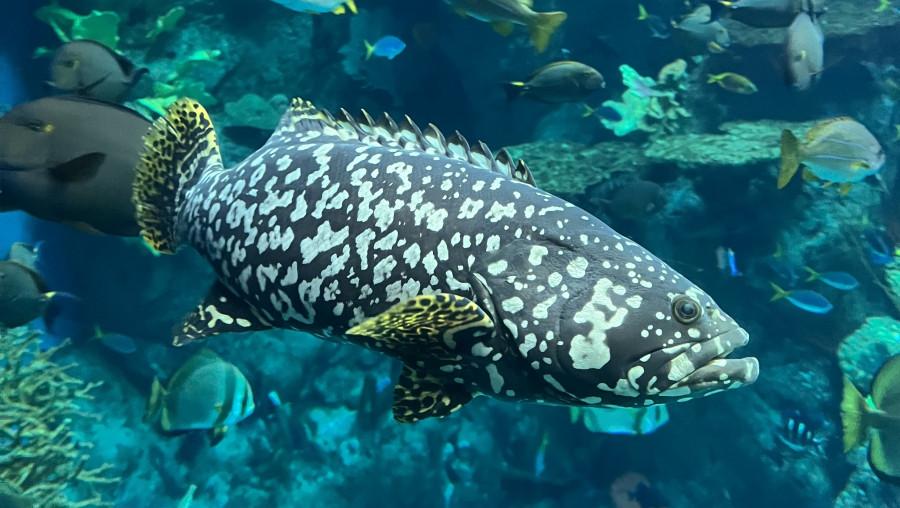
The Queensland Grouper, also known as the Giant Grouper, is one of the largest bony fish in the world. They can grow up to 2.7 meters (9 feet) in length and weigh up to 400 kg (880 lbs).
These fish have a robust, slightly compressed body with a large mouth and small eyes. Their color can vary but is often mottled brown or grey.
• Region of Habitat: Indo-Pacific region
• Scientific Name: Epinephelus lanceolatus
• Place of Origin: Coastal waters from Africa to the Pacific Islands
• Feeding Habits: Carnivorous, eating fish, crustaceans, and even small sharks
• What Sound They Make: Can produce loud booming sounds
Fun Facts: Queensland Groupers have at least seven rows of teeth in the middle of their lower jaw. They’re known for longevity; some individuals live up to 50 years.
These fish are protogynous hermaphrodites, meaning they can change from female to male as they age. Despite their size, they’re considered vulnerable due to overfishing.
16. Queensland Tube-Nosed Bat
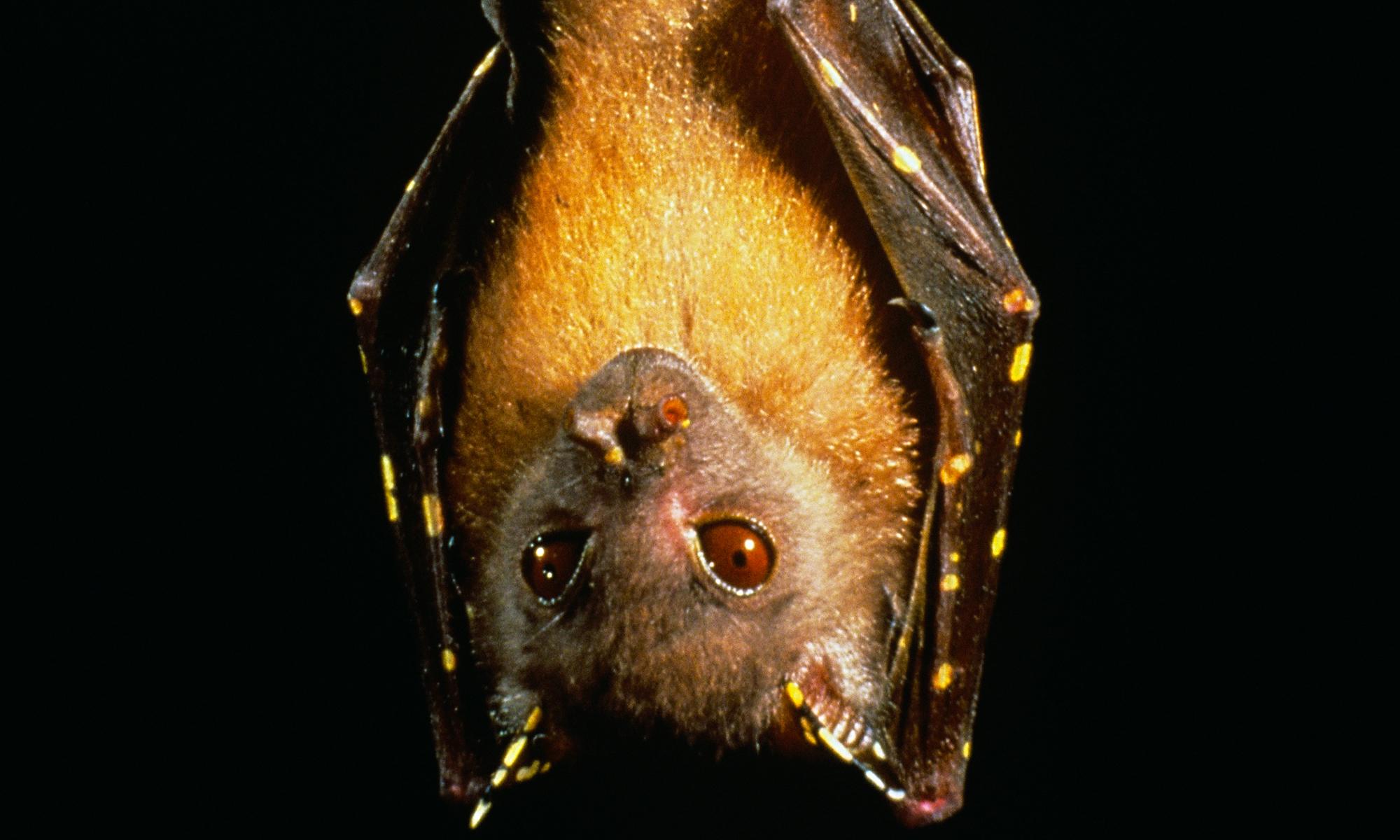
The Queensland Tube-Nosed Bat is a small fruit bat found in Australia. It typically measures about 6-7 cm (2.4-2.8 inches) in body length and has a wingspan of about 40 cm (16 inches).
As their name suggests, they have distinctive tubular nostrils that protrude from their face.
• Region of Habitat: Northeastern Australia
• Scientific Name: Nyctimene robinsoni
• Place of Origin: Australia
• Feeding Habits: Frugivorous, primarily eating fruits and nectar
• What Sound They Make: High-pitched squeaks and chirps
Fun Facts: These bats’ tube-like nostrils are thought to enhance their sense of smell, helping them locate ripe fruit.
Unlike many other bats, tube-nosed bats don’t use echolocation to navigate. Instead, they rely on their excellent eyesight and sense of smell.
These bats play an important role in seed dispersal and pollination in their ecosystem.
17. Quelea
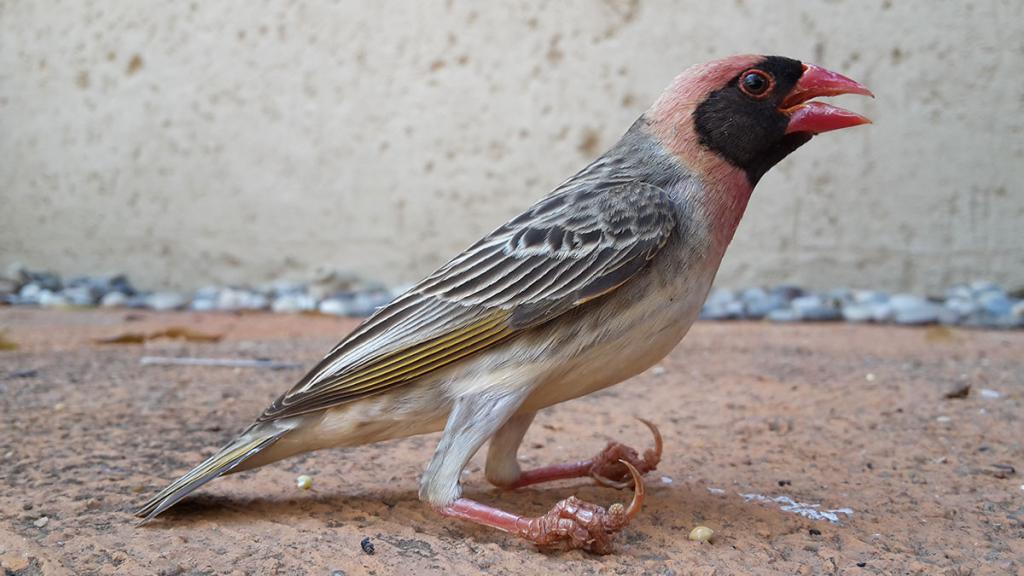
The Quelea, specifically the Red-billed Quelea, is a small passerine bird. It measures about 12-13 cm (4.7-5.1 inches) in length and weighs 15-26 grams (0.5-0.9 oz).
During breeding season, males develop a black face mask and pinkish bill, while females and non-breeding males are brown with a red bill.
• Region of Habitat: Sub-Saharan Africa
• Scientific Name: Quelea quelea
• Place of Origin: Africa
• Feeding Habits: Granivorous, primarily eating seeds
• What Sound They Make: Various chirps and calls
Fun Facts: Queleas are often called “feathered locusts” due to their massive flocks that can cause significant crop damage.
They are considered the world’s most abundant wild bird species, with an estimated population of 1.5 billion. Single colonies can contain up to 30 million birds.
Despite their small size, their huge numbers make them a major agricultural pest in many parts of Africa.
18. Quince Monitor
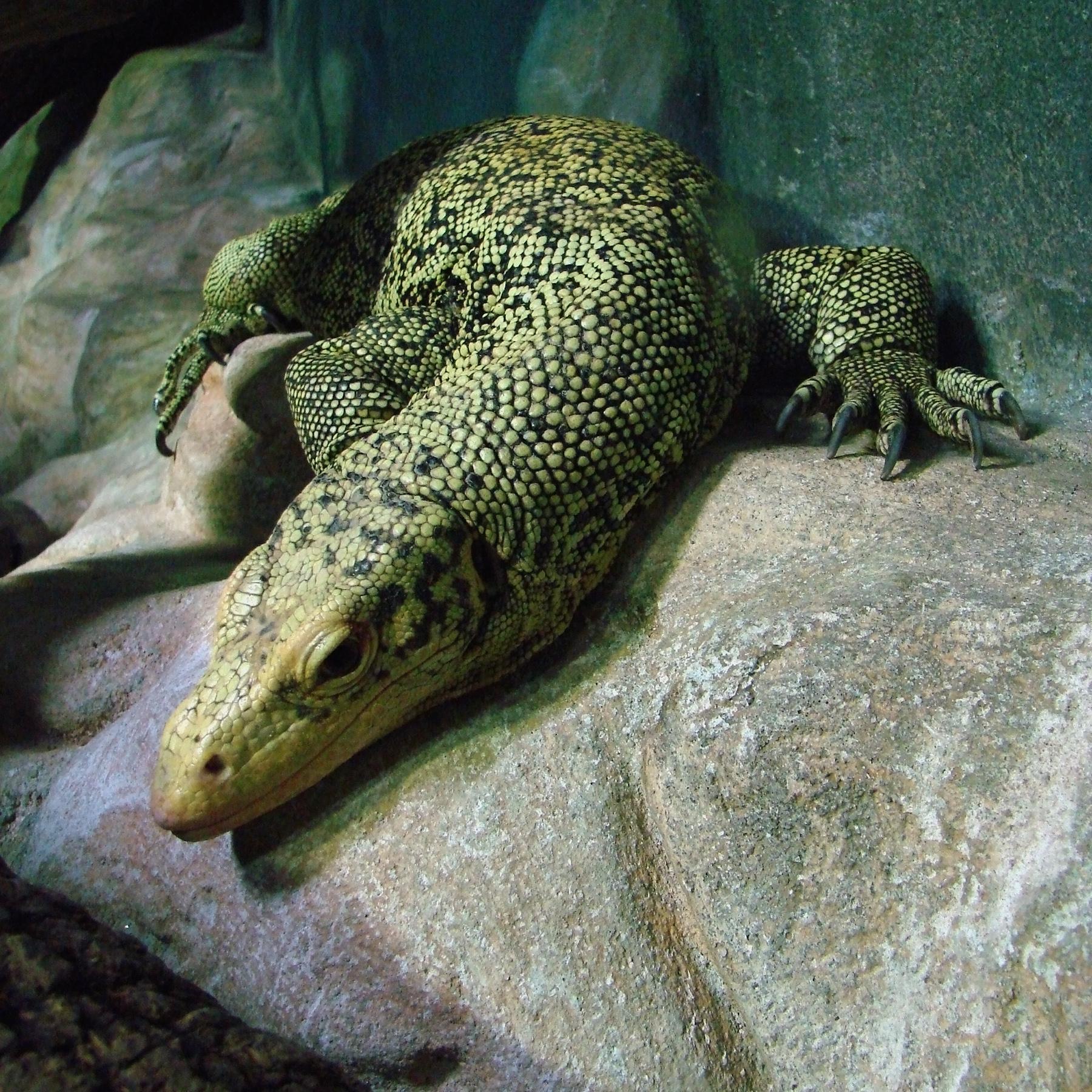
The Quince Monitor is a species of monitor lizard. They typically grow to lengths of 1-1.5 meters (3.3-4.9 feet), including their long tail.
These lizards have a robust body, strong limbs, and a long, forked tongue. Their scales usually mix dark and light browns, providing effective camouflage.
• Region of Habitat: Indonesia
• Scientific Name: Varanus melinus
• Place of Origin: Sula Islands, Indonesia
• Feeding Habits: Carnivorous, eating small animals and eggs
• What Sound They Make: Hissing when threatened
Fun Facts: Quince Monitors are arboreal, spending much of their time in trees. They’re known for their intelligence, with problem-solving abilities comparable to some mammals.
Like other monitor lizards, they have a nasty bite, although it’s primarily used for hunting rather than defense. Scientists discovered and described these lizards in 1997.
19. Quillback
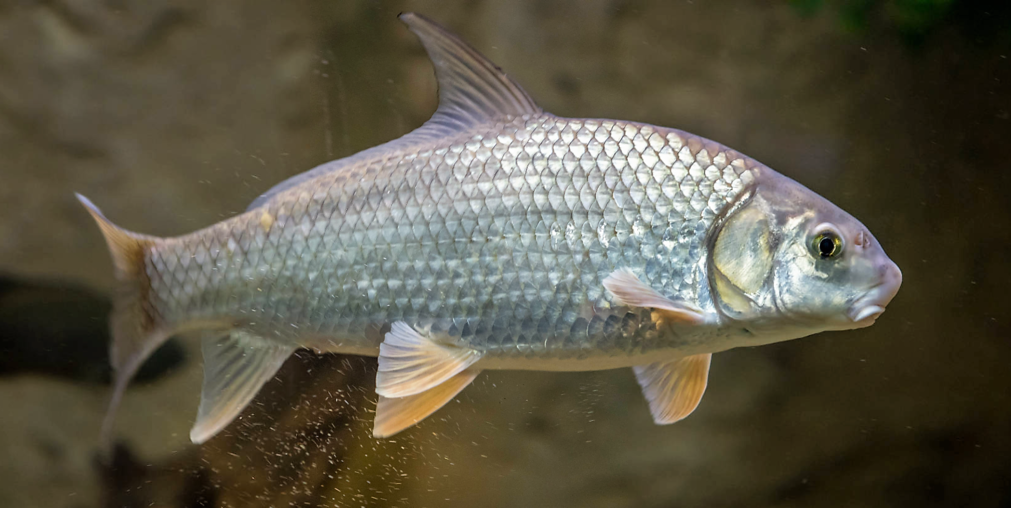
The Quillback is a freshwater fish species. It typically grows to lengths of 40-50 cm (16-20 inches) and can weigh up to 3 kg (6.6 lbs).
It has a distinctive high, arched back with sharp-edged scales forming a “quilled” appearance. Its color is usually silver to bronze.
• Region of Habitat: North America
• Scientific Name: Carpiodes cyprinus
• Place of Origin: Eastern and Central North America
• Feeding Habits: Bottom feeder, eating small invertebrates and plant matter
• What Sound They Make: Generally silent
Fun Facts: Quillbacks are sometimes called “carp suckers” due to their similar appearance to carp and their sucker-like mouth.
They’re well-adapted to turbid (cloudy) water conditions. Despite their carp-like appearance, they’re members of the sucker family.
Quillbacks can live up to 30 years in the wild, making them a longer-lived freshwater fish species.
20. Qatari Shark
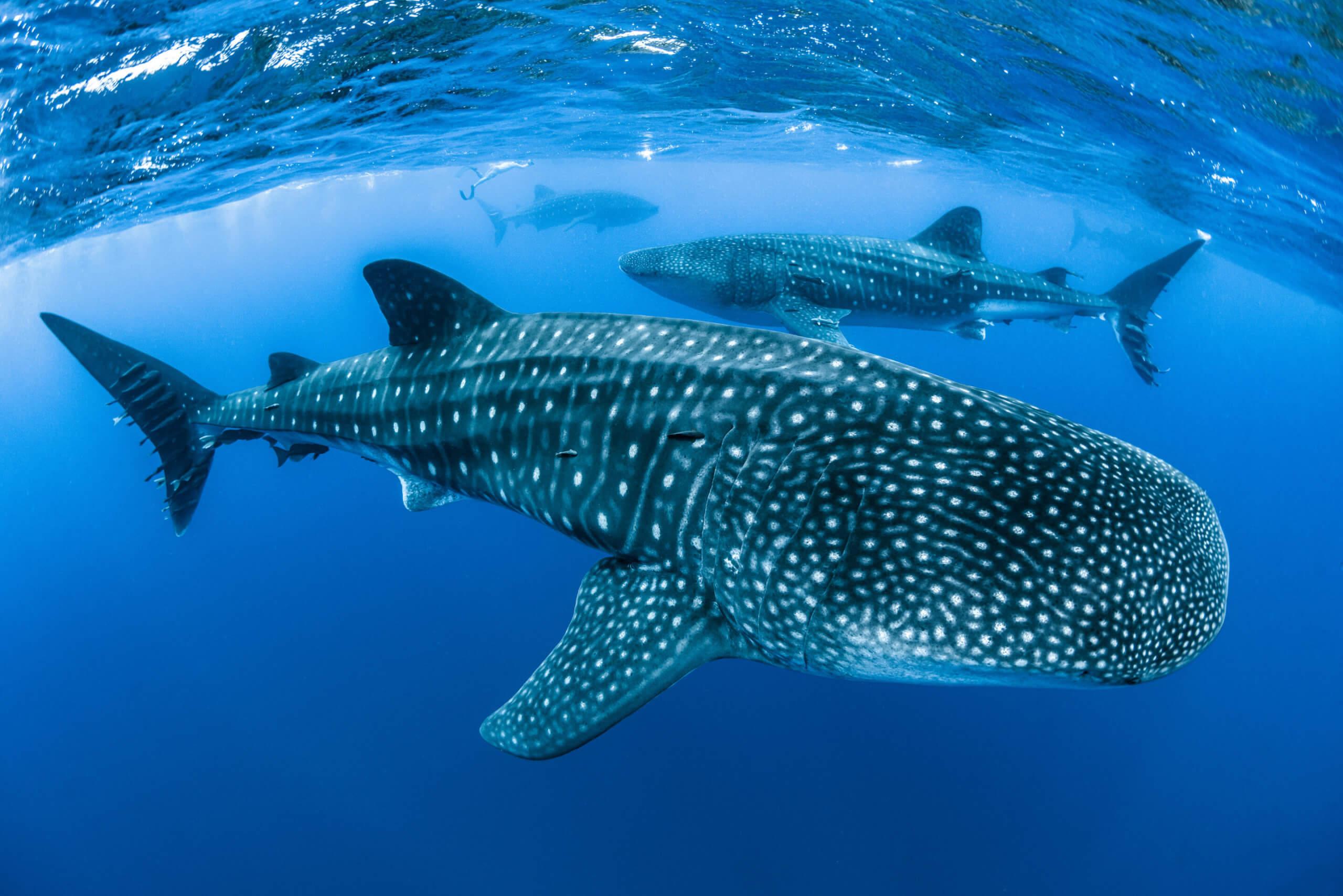
The Qatari Shark, also known as the Smoothtooth Blacktip Shark, is a rare species of requiem shark. It typically grows to a length of 1-1.5 meters (3.3-4.9 feet).
As their name suggests, they have smooth teeth and black-tipped fins. Their body is generally grey.
• Region of Habitat: Arabian Gulf and possibly parts of the Indian Ocean
• Scientific Name: Carcharhinus leiodon
• Place of Origin: Arabian Gulf
• Feeding Habits: Carnivorous, likely feeding on small fish and cephalopods
• What Sound They Make: Generally silent, like most sharks
Fun Facts: The Qatari Shark was only scientifically described in 1985 and, for many years, known only from a single specimen. It was rediscovered in 2008, confirming its continued existence.
This species is considered vulnerable due to its limited range and the high fishing pressure in its habitat. Its smooth teeth are unusual for a requiem shark, suggesting a specialized diet.
21. Quedius Beetle
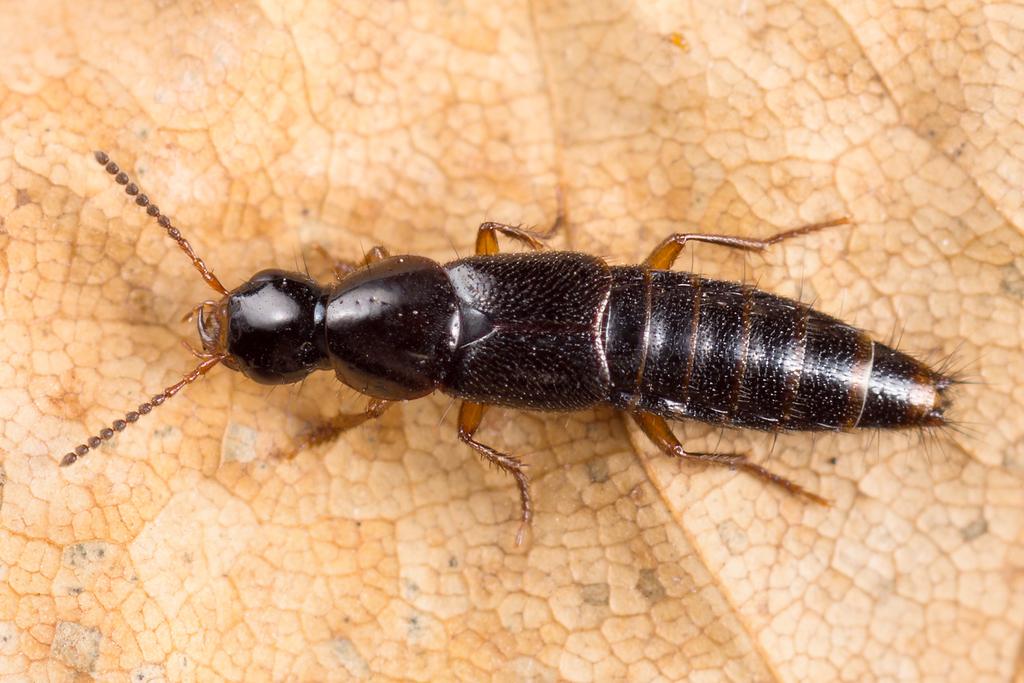
Quedius beetles are a genus of rove beetles. They are generally small, typically measuring 5-15 mm (0.2-0.6 inches) in length.
These beetles have elongated bodies and short elytra (wing covers), exposing much of their abdomen. Their coloration varies by species but is often dark brown or black.
• Region of Habitat: Worldwide, but most diverse in temperate regions
• Scientific Name: Quedius (genus)
• Place of Origin: Various, depending on species
• Feeding Habits: Generally predatory, feeding on other small invertebrates
• What Sound They Make: Generally silent
Fun Facts: The Quedius genus has over 700 species, making it one of the largest genera of rove beetles.
These beetles are often found in leaf litter, decaying wood, and other moist habitats. Some species have adapted to live in animal burrows or nests. Despite their small size, Quedius beetles are efficient predators in their ecosystems.
22. Quail-dove
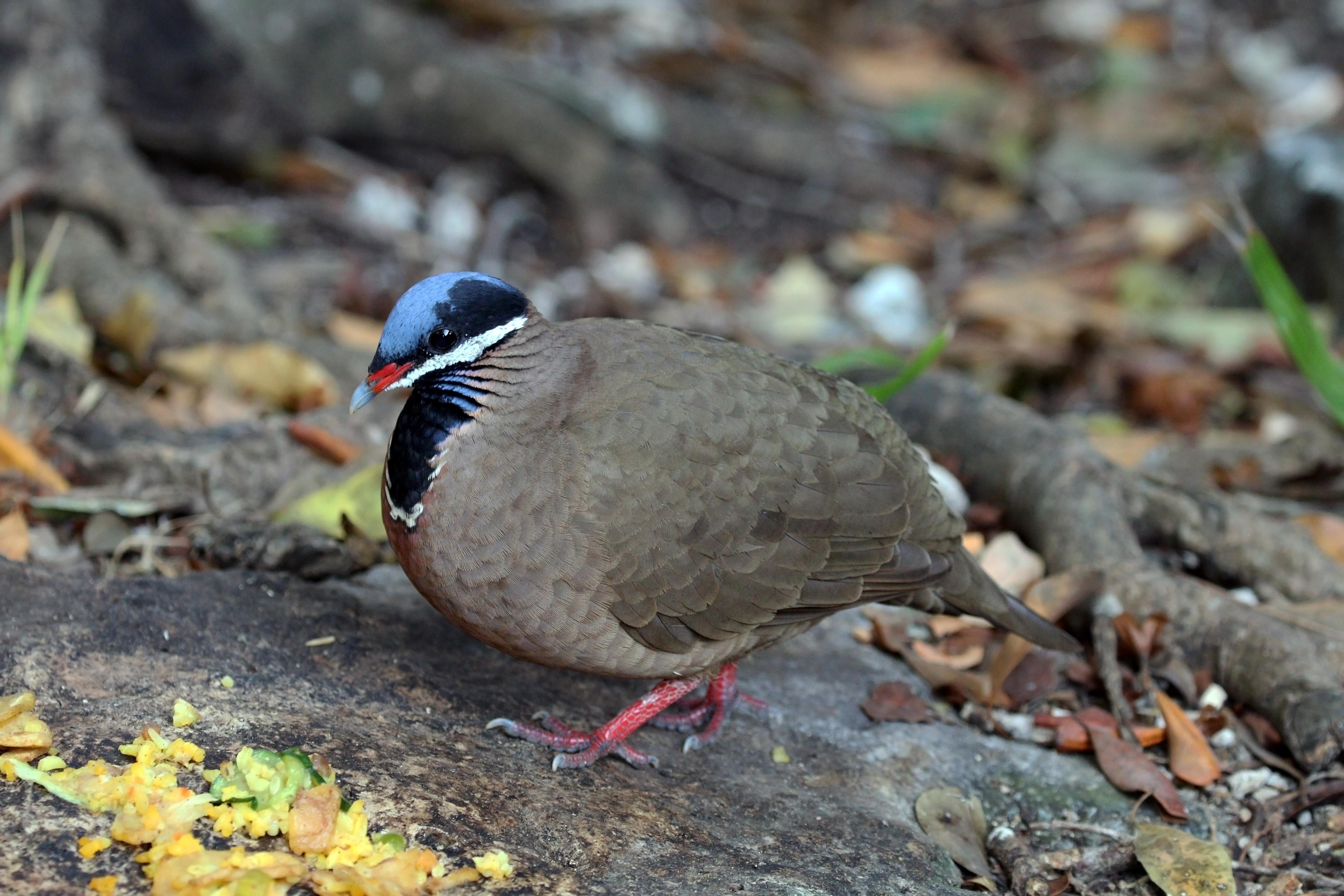
Quail doves are small, ground-dwelling pigeons. They typically measure 20-30 cm (8-12 inches) in length. Despite their name, they are not closely related to quails.
Quail doves have plump bodies and short tails and often have complex patterns of brown, grey, and white feathers.
• Region of Habitat: Caribbean islands and parts of Central and South America
• Scientific Name: Geotrygon (genus)
• Place of Origin: Americas
• Feeding Habits: Omnivorous, eating seeds, fruits, and small invertebrates
• What Sound They Make: Soft cooing calls
Fun Facts: Quail-doves are known for their secretive nature, often heard more than seen. They have a distinctive bobbing walk when on the ground.
Some species, like the Ruddy Quail-Dove, have iridescent feathers on their necks that shine in sunlight.
Despite their pigeon ancestry, quail doves have evolved to fill ecological niches similar to ground-dwelling quails.
23. Quail-thrush
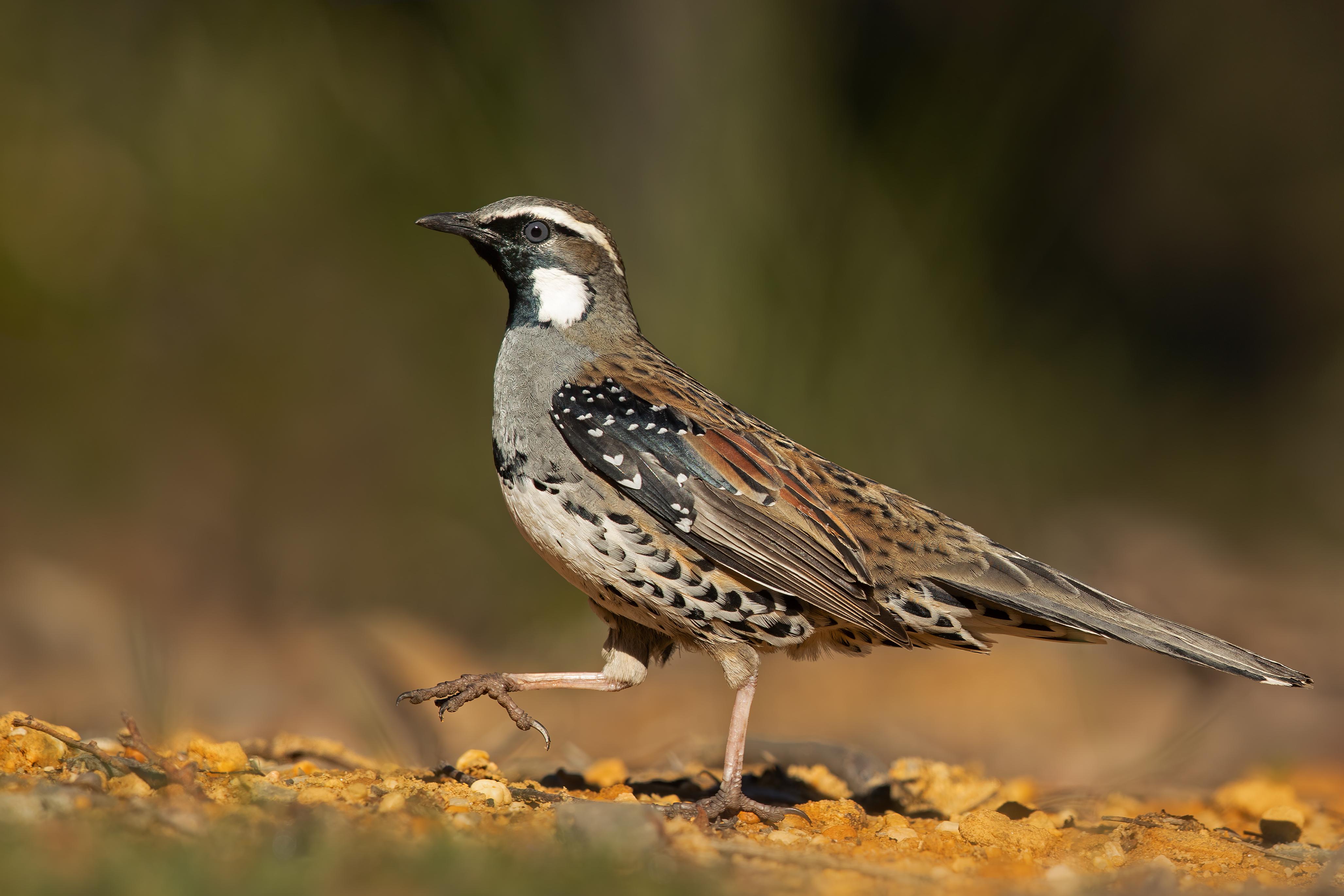
Quail thrushes are ground-dwelling birds native to Australia. They typically measure 18-23 cm (7-9 inches) in length. These birds have plump bodies, long legs, and short tails.
Their feathers are often cryptically colored in shades of brown and grey, providing excellent camouflage.
• Region of Habitat: Australia
• Scientific Name: Cinclosoma (genus)
• Place of Origin: Australia
• Feeding Habits: Omnivorous, eating insects, seeds, and berries
• What Sound They Make: Various whistles and trills
Fun Facts: Despite their name, quail-thrushes are neither quails nor thrushes but are members of the Cinclosomatidae family.
Quail thrushes are known for running rather than flying when disturbed. They have excellent camouflage and will often freeze in place when threatened, relying on their coloration to blend into their surroundings.
24. Quail-plover
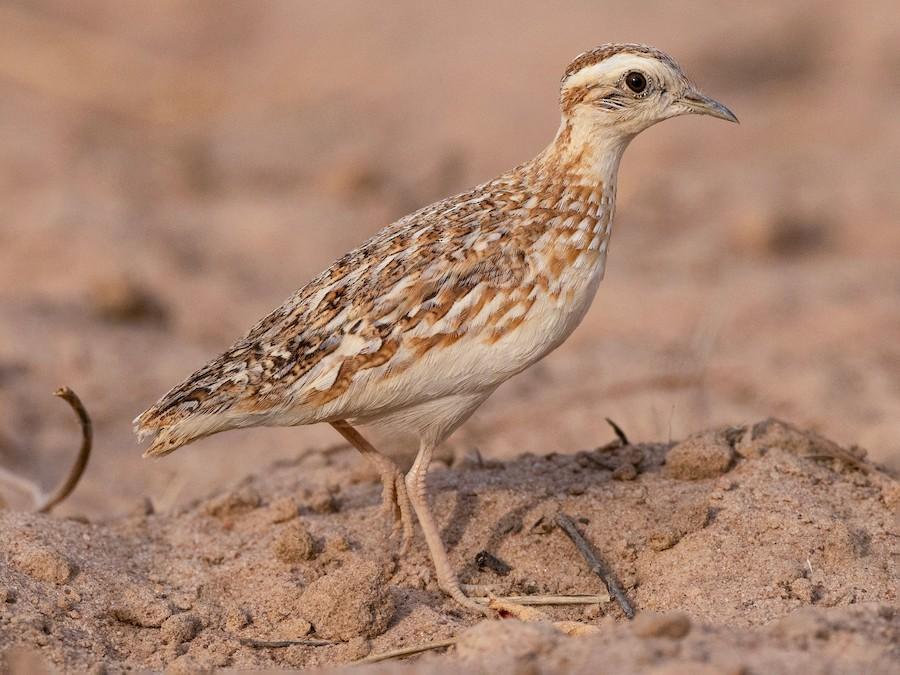
Despite its name, the Quail-plover is neither a quail nor a plover but a unique bird species. They measure about 16-20 cm (6.3-7.9 inches) in length.
These birds have plump bodies, long legs, and a distinctive head shape with a slightly curved bill.
Their plumage is intricately patterned in shades of brown, providing excellent camouflage.
• Region of Habitat: Sub-Saharan Africa
• Scientific Name: Ortyxelos meiffrenii
• Place of Origin: Africa
• Feeding Habits: Omnivorous, eating insects and seeds
• What Sound They Make: High-pitched whistles and trills
Fun Facts: The Quail-plover is the only member of its genus and family, making it a truly unique bird.
They are known for their unusual breeding behavior – the female lays eggs in several nests, and the male incubates them.
These birds are rarely seen due to their excellent camouflage and tendency to freeze when threatened.
25. Quilled Snailfish
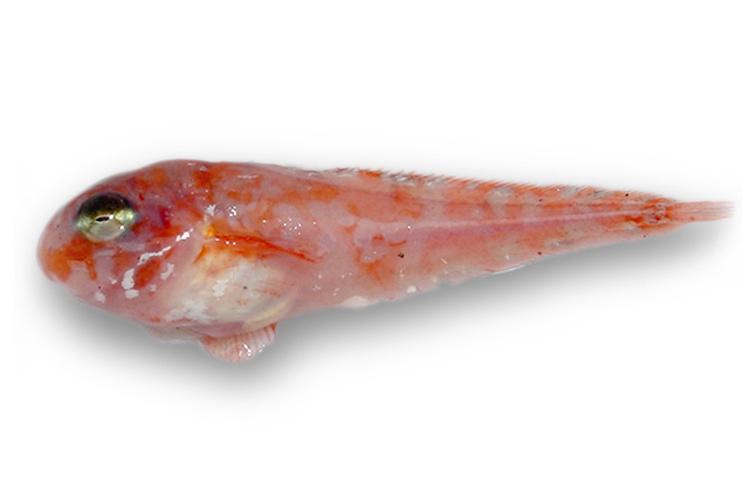
The Quilled Snailfish is a deep-sea fish species. It typically grows to lengths of 20-30 cm (8-12 inches) and has a gelatinous body without scales.
Instead, their skin is covered in small, thorn-like projections called prickles, which give them their “quilled” appearance.
• Region of Habitat: Deep waters of the North Pacific Ocean
• Scientific Name: Careproctus phasma
• Place of Origin: North Pacific Ocean
• Feeding Habits: Carnivorous, feeding on small crustaceans and other invertebrates
• What Sound They Make: Unknown, likely silent
Fun Facts: Quilled Snailfish are adapted to life in the deep sea, living at depths of up to 7,500 meters (24,600 feet).
Their gelatinous bodies help them withstand the immense pressure at these depths. Despite their name, they’re not related to snails – the name comes from their suction disc, which resembles a snail’s foot. These fish are rarely seen due to their deep-sea habitat.
31. Quaker Moth
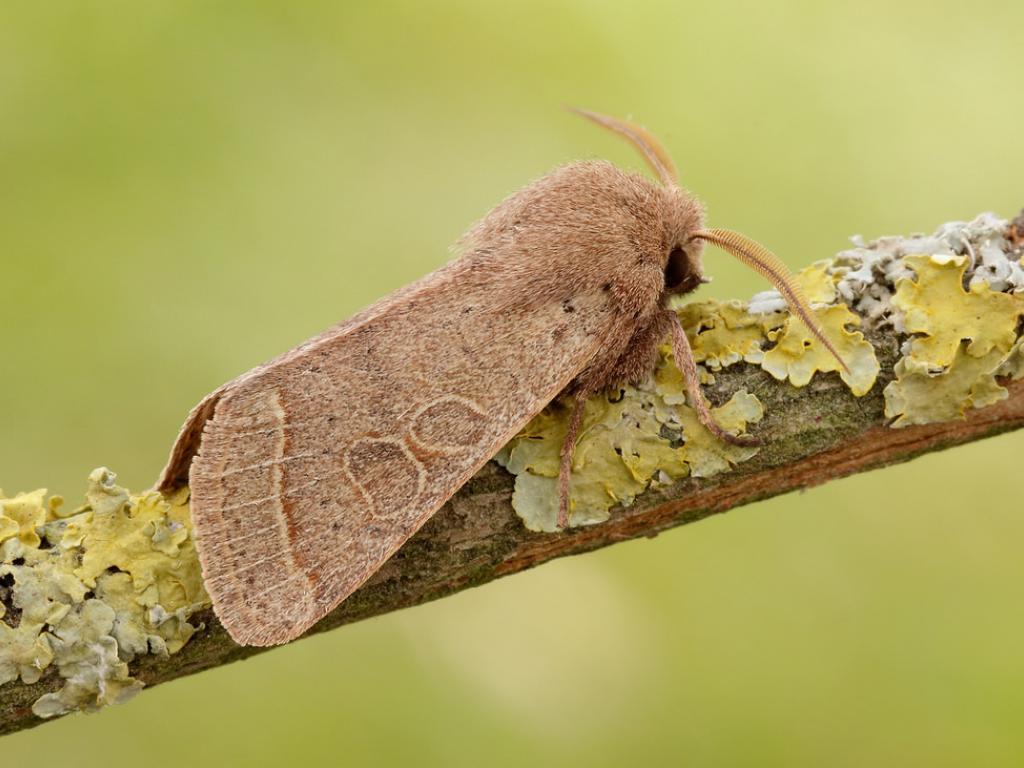
The Quaker Moth is a moth species known for its distinctive wing patterns. It typically has a wingspan of 30-40 mm (1.2-1.6 inches).
Its wings are usually brown or gray with intricate lines and spots that provide camouflage against tree bark and leaves. The body is stout and covered in fine scales.
• Region of Habitat: North America
• Scientific Name: Orthosia cruda
• Place of Origin: North America
• Feeding Habits: Larvae are herbivorous, feeding on various trees and shrubs; adults feed on nectar
• What Sound They Make: Silent
Fun Facts: Quaker Moths are primarily nocturnal and are attracted to lights at night. Their larvae, known as caterpillars, are often green or brown and blend well with their host plants, making them difficult to spot.
The name “Quaker” is derived from their quiet and unassuming appearance, akin to the modest clothing associated with the Quaker religious group.
These moths play a role in pollination as they feed on nectar from various flowers.
32. Quaker Parrot
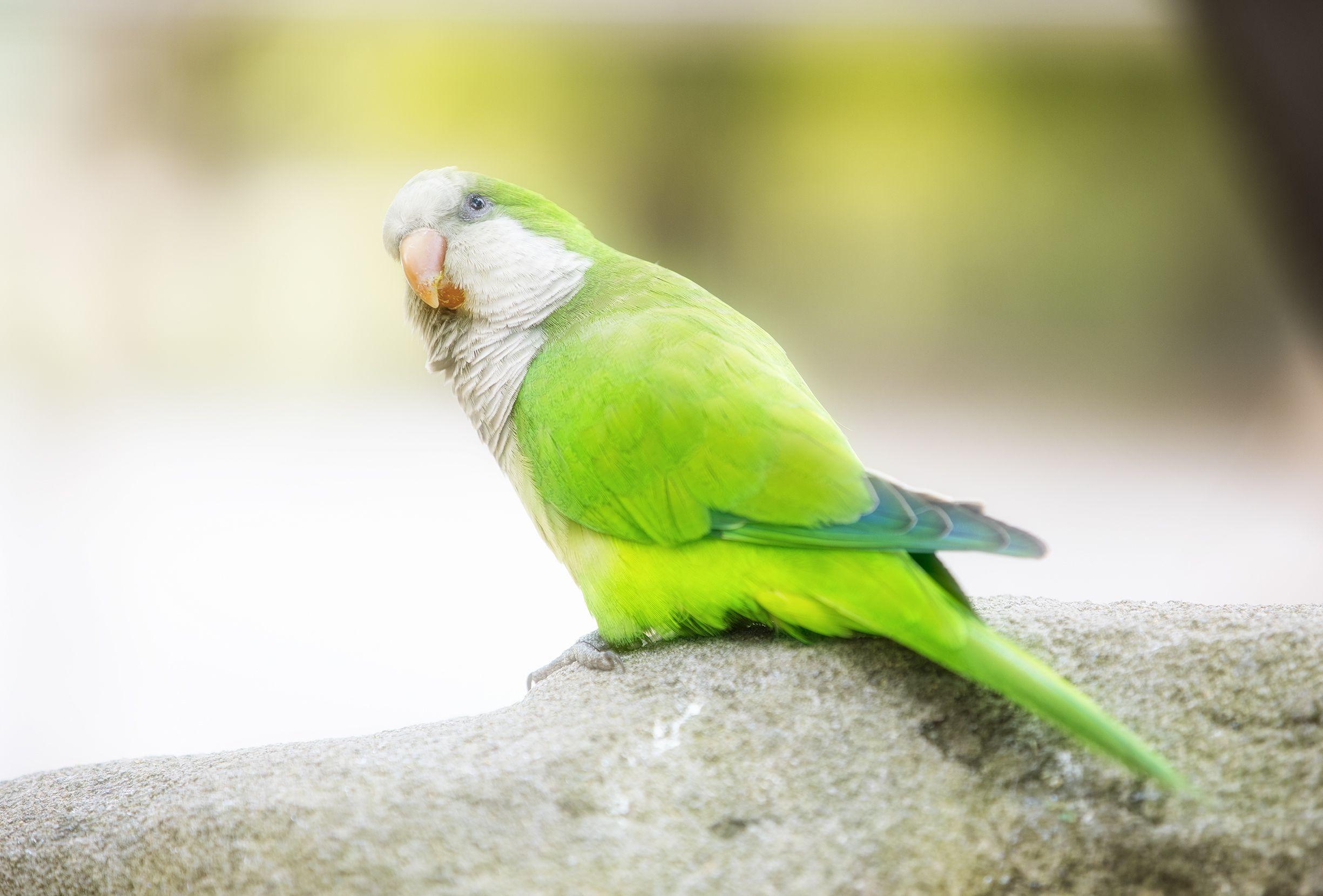
The Quaker Parrot, also known as the Monk Parakeet, is a small parrot with bright green plumage and an engaging personality.
They typically measure about 29 cm (11 inches) in length and weigh between 90 and 120 grams (3.2 and 4.2 oz). Their feathers are mostly green, with gray faces, chests, and blue flight feathers.
• Region of Habitat: South America, introduced populations in North America and Europe
• Scientific Name: Myiopsitta monachus
• Place of Origin: South America
• Feeding Habits: Herbivorous, eating seeds, fruits, and vegetables
• What Sound They Make: Various vocalizations, including squawks, whistles, and the ability to mimic human speech
Fun Facts: Quaker parrots are known for their unique nesting behavior, which involves building large communal nests made of sticks.
These nests can house multiple pairs of birds and are often built on utility poles or other man-made structures in urban areas.
They are highly social and intelligent, capable of learning various tricks and words. In some places, they are considered pests due to their adaptability and the potential to form large colonies.
28. Queen Conch
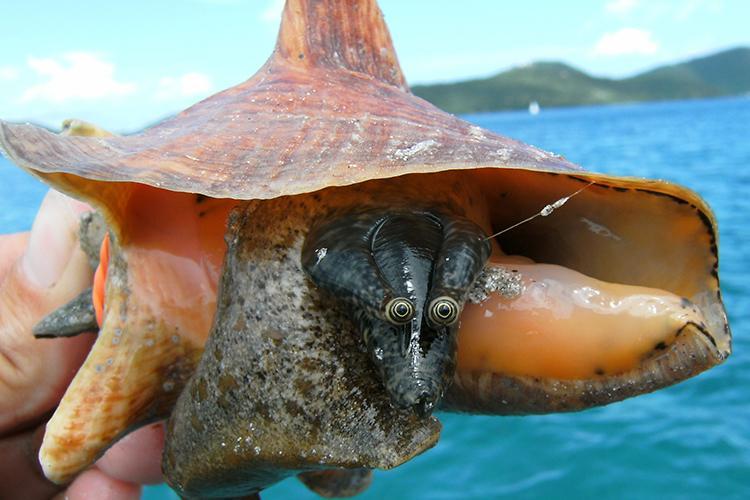
The Queen Conch is a large sea snail whose shells can grow up to 30 cm (12 inches) in length.
The shell is known for its striking pinkish color and elaborate spiral form with a wide, flared lip. The animal inside has a muscular foot, two eyestalks, and a long beak.
• Region of Habitat: Caribbean Sea and Gulf of Mexico
• Scientific Name: Lobatus gigas
• Place of Origin: Caribbean region
• Feeding Habits: Herbivorous, eating algae and other plant matter
• What Sound They Make: Silent, but can retract into the shell with a popping sound
Fun Facts: Queen Conchs are culturally significant in many Caribbean nations, appearing on coins, stamps, and local cuisine.
Their shells have been used for centuries as musical instruments. These mollusks can live up to 40 years. Due to overfishing, Queen Conchs are now considered vulnerable, and their harvest is regulated in many areas.
29. Quirino Bat
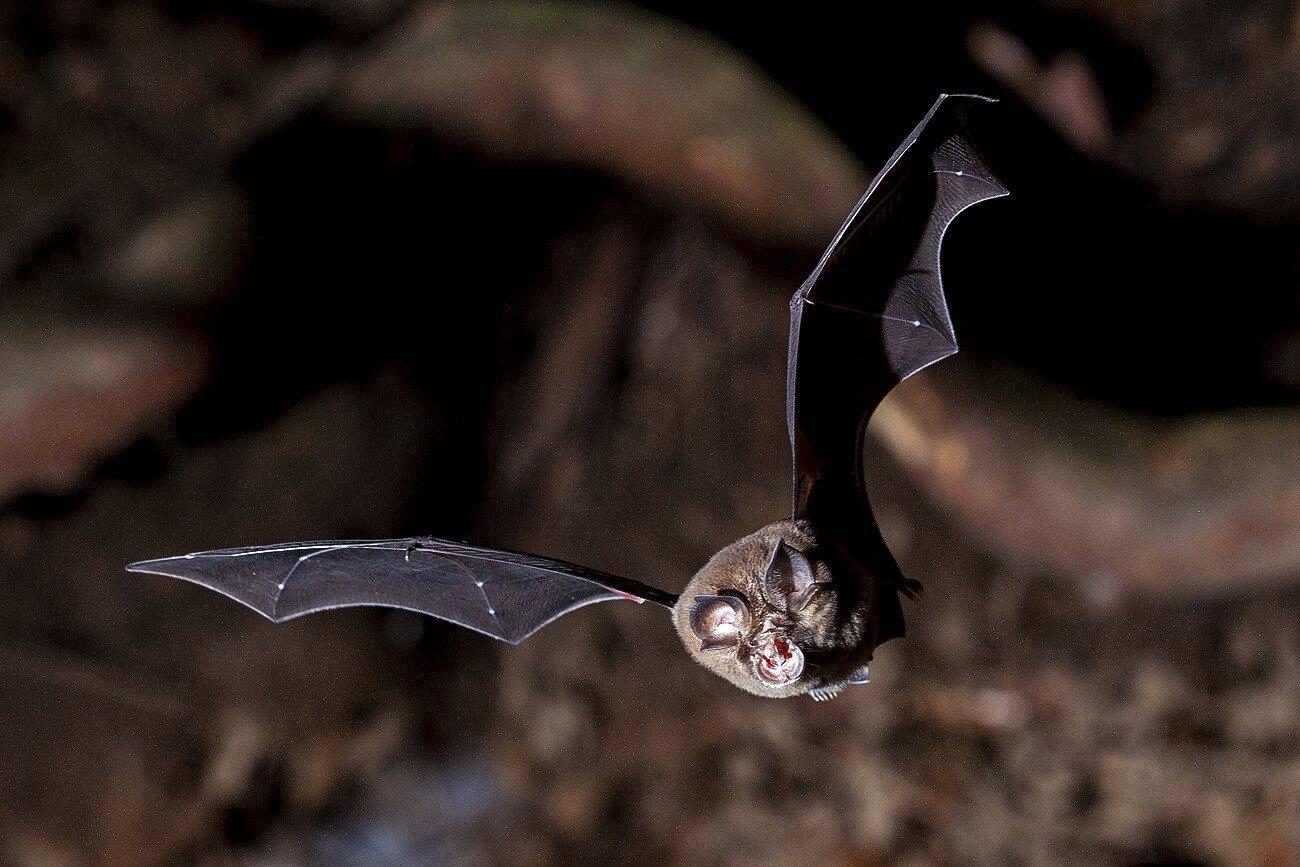
The Quirino Bat, also known as the Rufous Horseshoe Bat, is a species of horseshoe bat. They are small bats, typically measuring about 5-6 cm (2-2.4 inches) in body length with a wingspan of about 30 cm (12 inches).
They have a characteristic horseshoe-shaped nose leaf, which is used for echolocation.
• Region of Habitat: Philippines
• Scientific Name: Rhinolophus Rufus
• Place of Origin: Philippines
• Feeding Habits: Insectivorous, feeding on flying insects
• What Sound They Make: High-frequency echolocation calls, inaudible to humans
Fun Fact: The Quirino Bat is named after the province in the Philippines where it was first discovered.
Like other horseshoe bats, they emit echolocation calls through their nose rather than mouth. These bats are considered vulnerable due to habitat loss.
They play an important role in their ecosystem by controlling insect populations.
30. Quixote Scarab Beetle
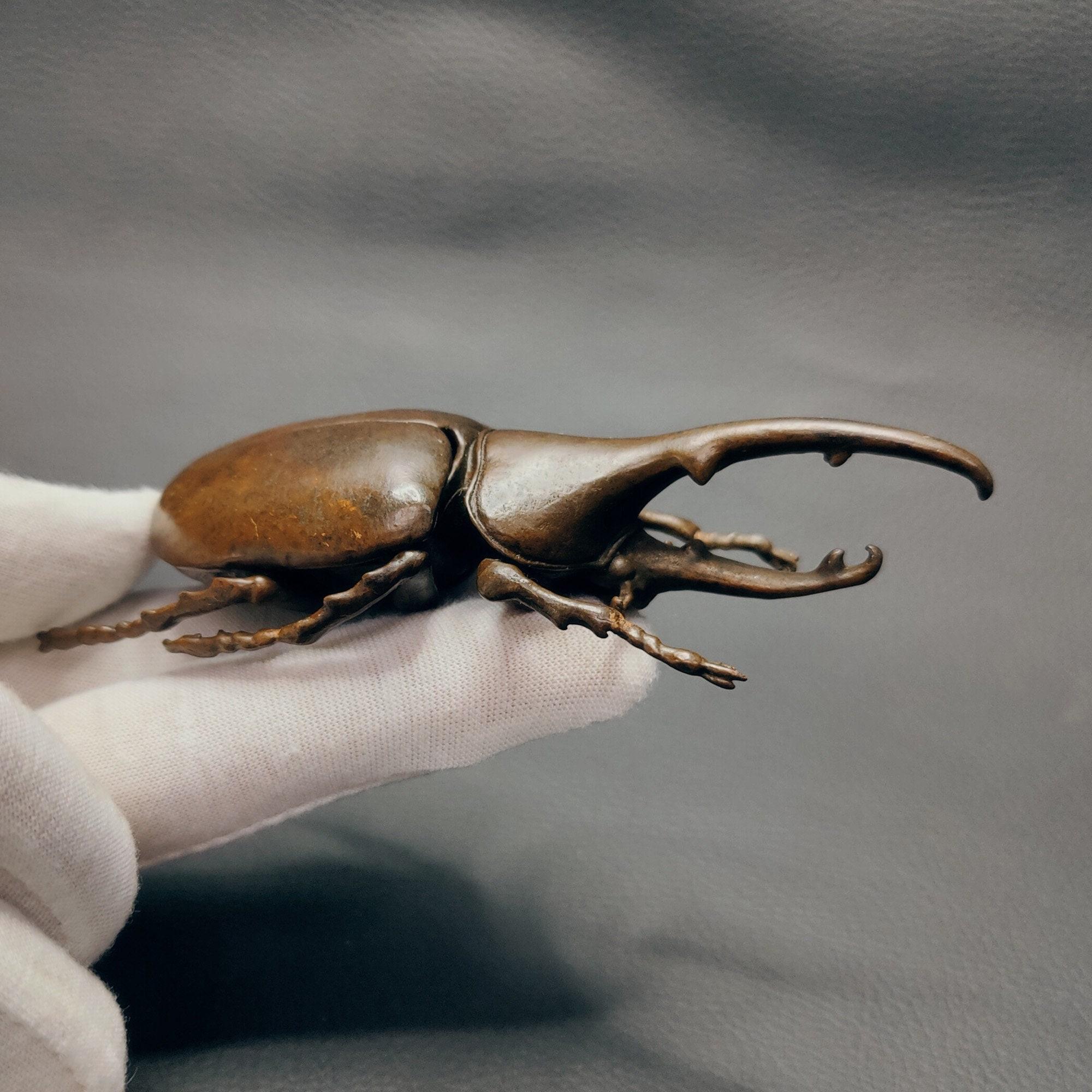
The Quixote Scarab Beetle is a species of scarab beetle. While specific measurements are not readily available, scarab beetles typically range from 5 to 30 mm (0.2 to 1.2 inches) in length.
They likely have the characteristic scarab shape with a strong, oval body and lamellate antennae.
• Region of Habitat: Specific habitat unknown, but likely tropical or subtropical regions
• Scientific Name: Exact scientific name unavailable
• Place of Origin: Unknown, but possibly South or Central America, given the name
• Feeding Habits: Likely herbivorous or detritivorous, like many scarab beetles
• What Sound They Make: Likely capable of producing buzzing sounds when flying
Fun Facts: While specific information about the Quixote Scarab Beetle is limited, scarab beetles are generally known for their important role in ecosystems as decomposers.
Many scarab species have striking metallic colors. The name “Quixote” might refer to Don Quixote, suggesting this beetle could have distinctive features reminiscent of the literary character, such as lance-like horns.
Conclusion
As we wrap up our exploration of animals with Q names, it’s clear that the natural world is full of surprises.
From the cheerful quokka to the majestic queen angelfish, these creatures demonstrate our planet’s incredible diversity of life.
Each animal plays a unique role in its ecosystem, whether the quetzal brightens up rainforests or the quahog clam filtering coastal waters.
Learning about these less common species gives us a deeper appreciation for the complexity of the animal kingdom.
What’s next? Consider researching conservation efforts for some of these animals, particularly endangered species like the quagga.
Or perhaps you’d like to explore animals beginning with other uncommon letters. Whatever path you choose, remember that every animal contributes to the rich collage of life on Earth, no matter how obscure.

